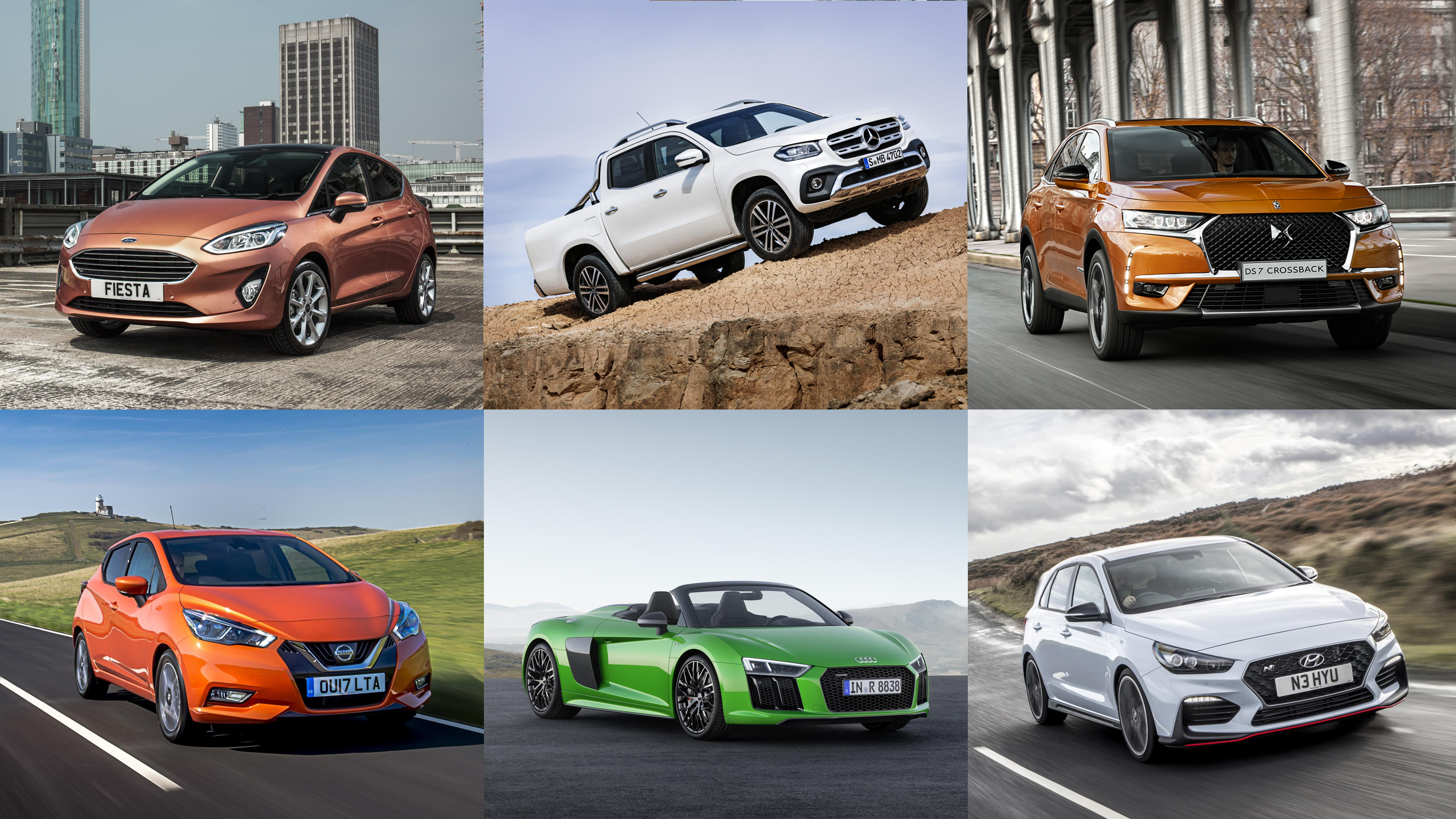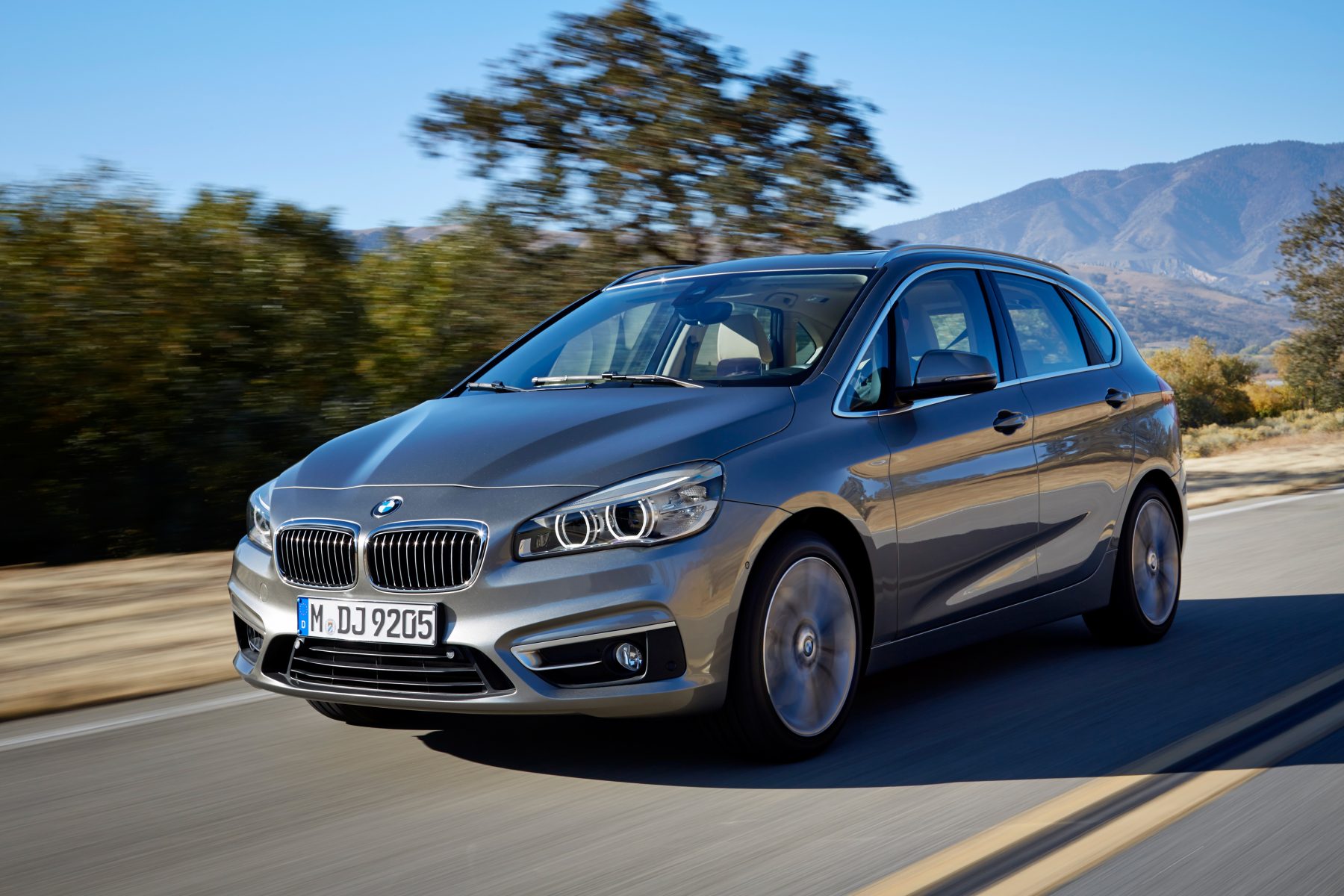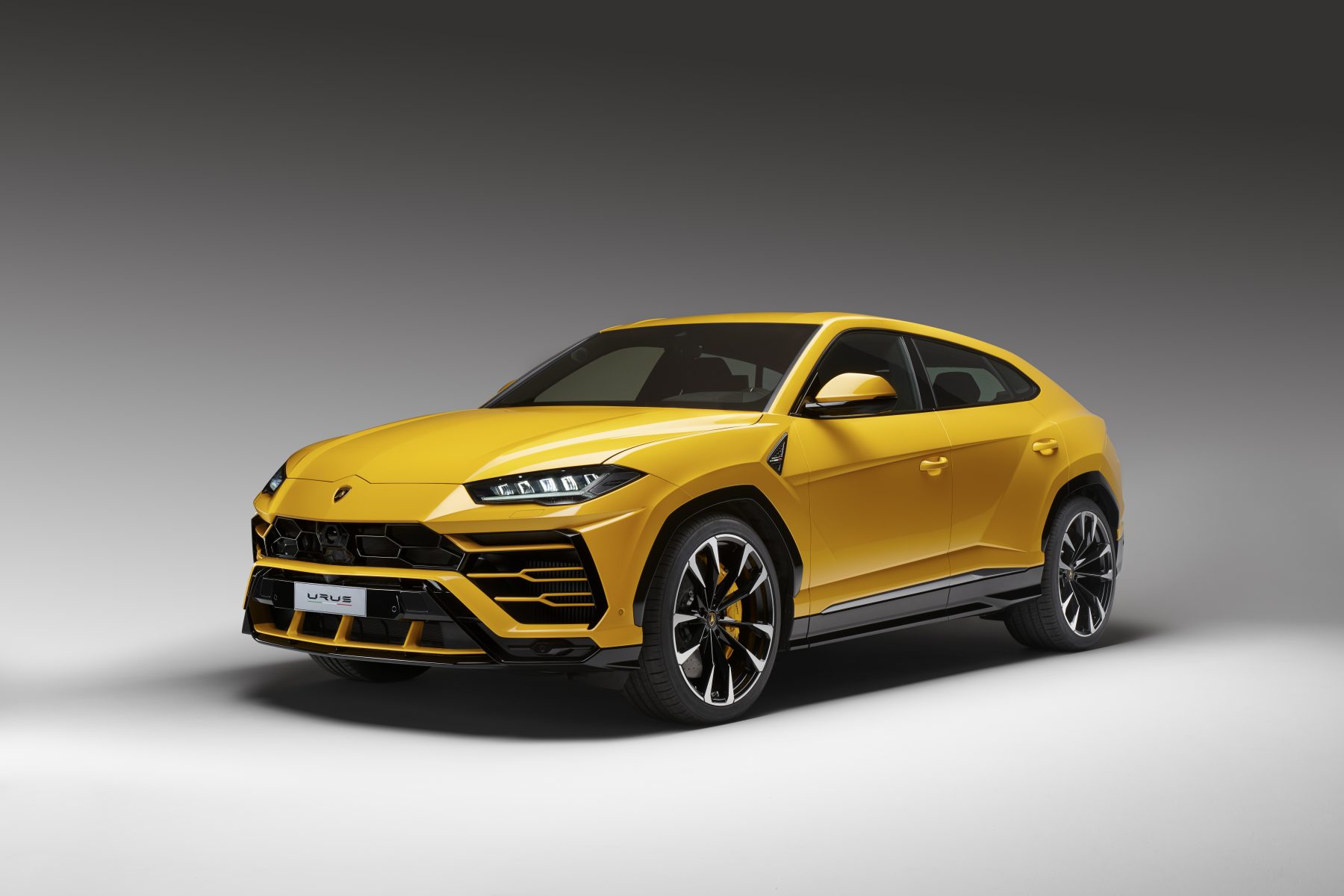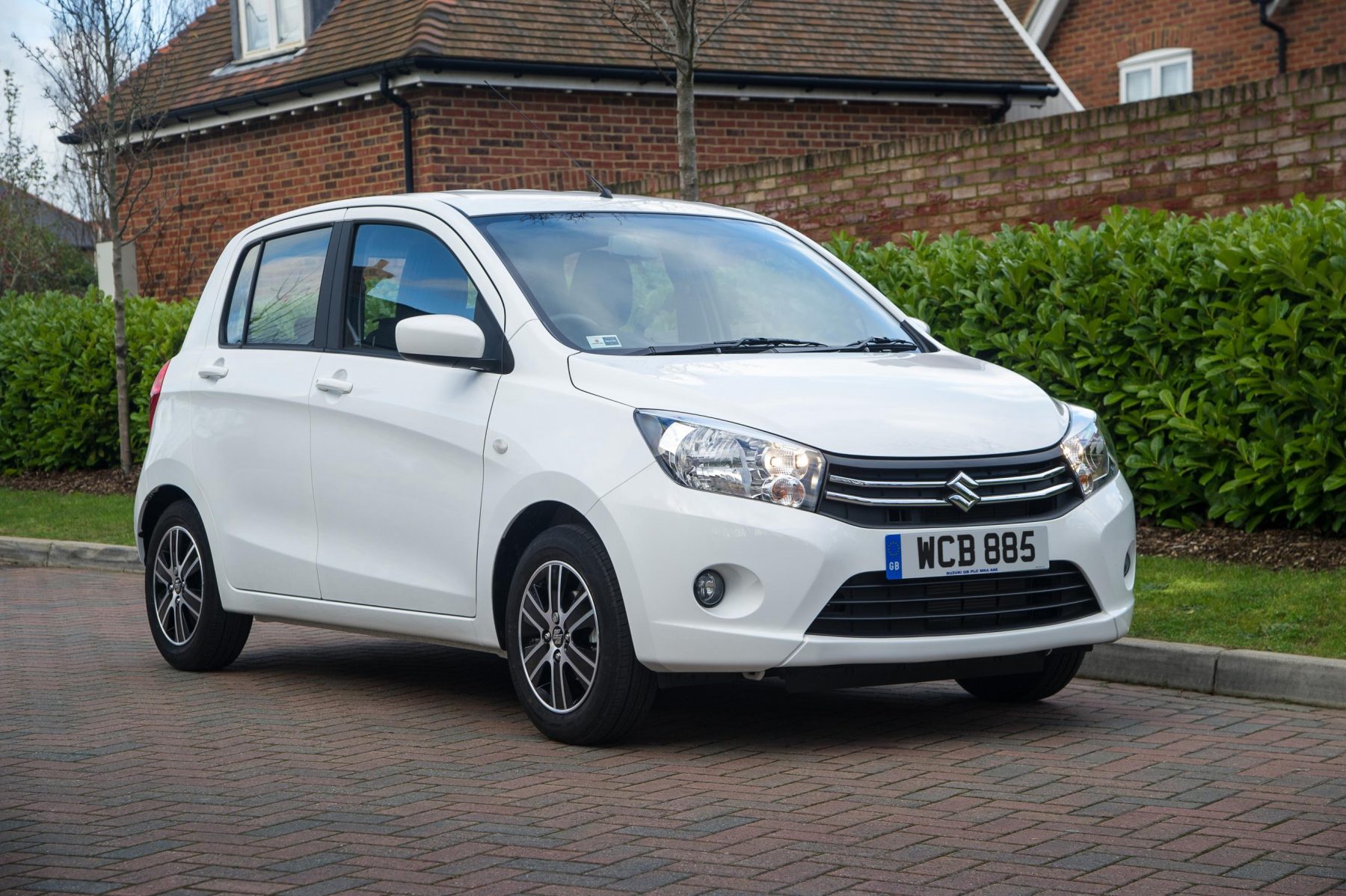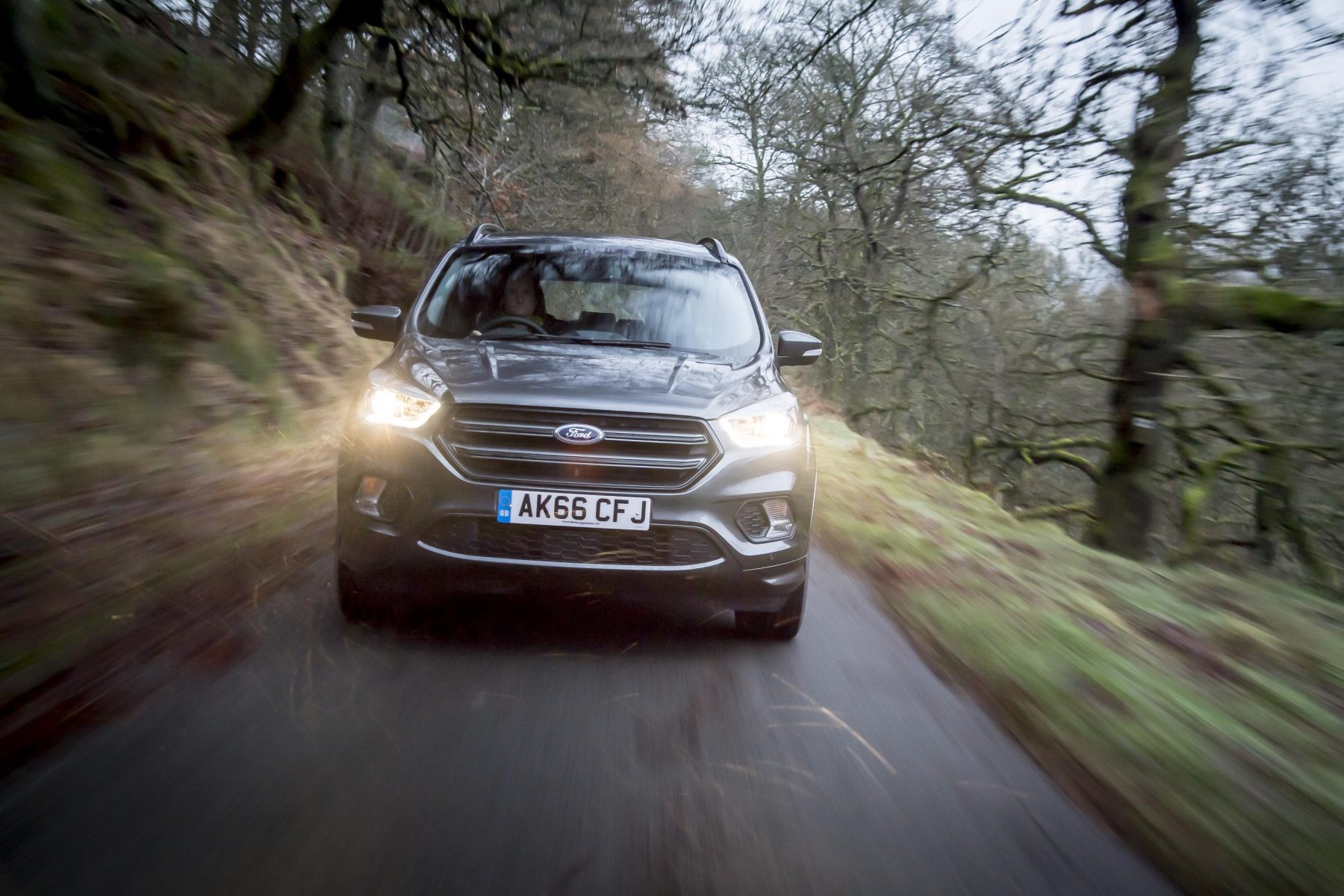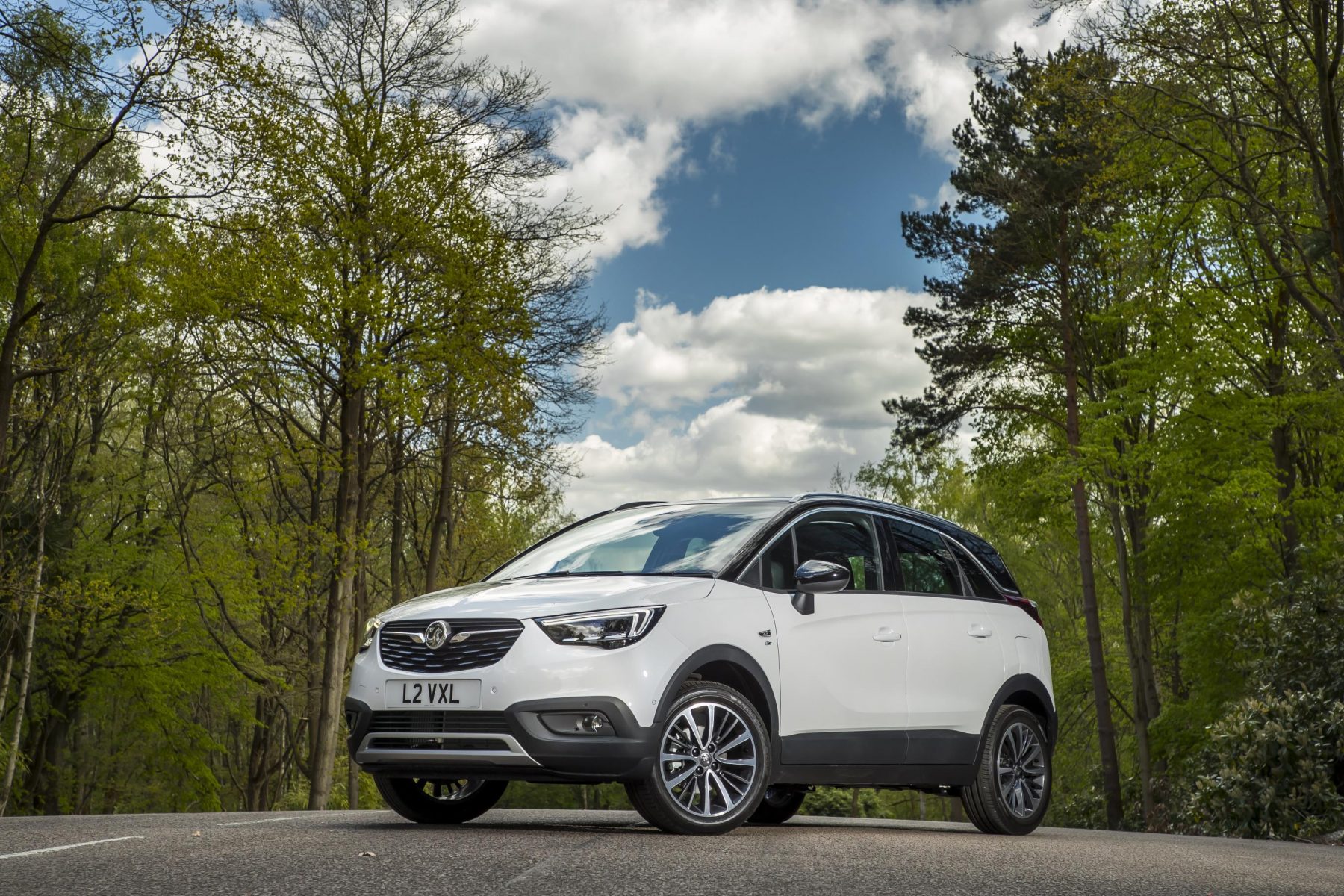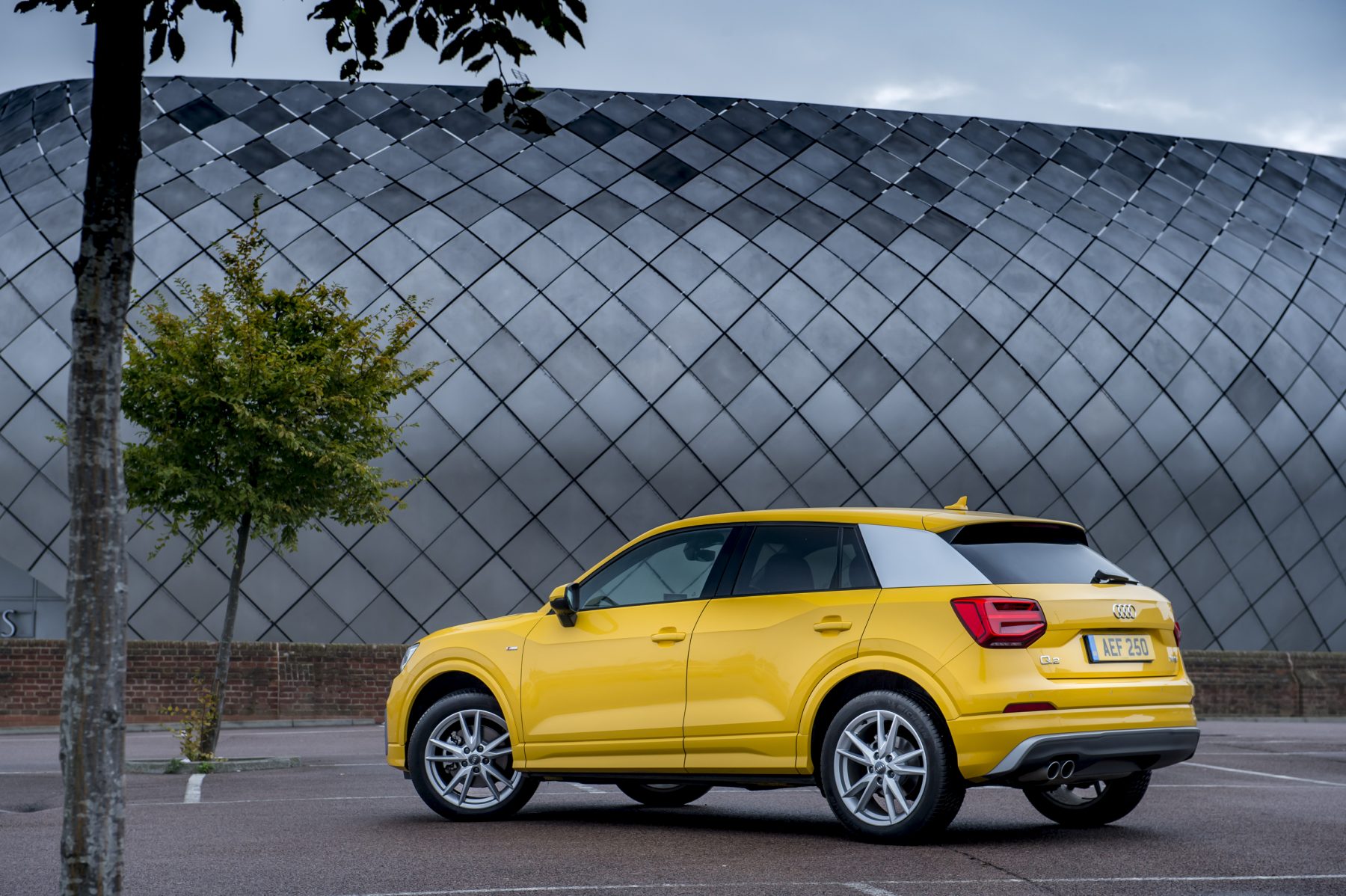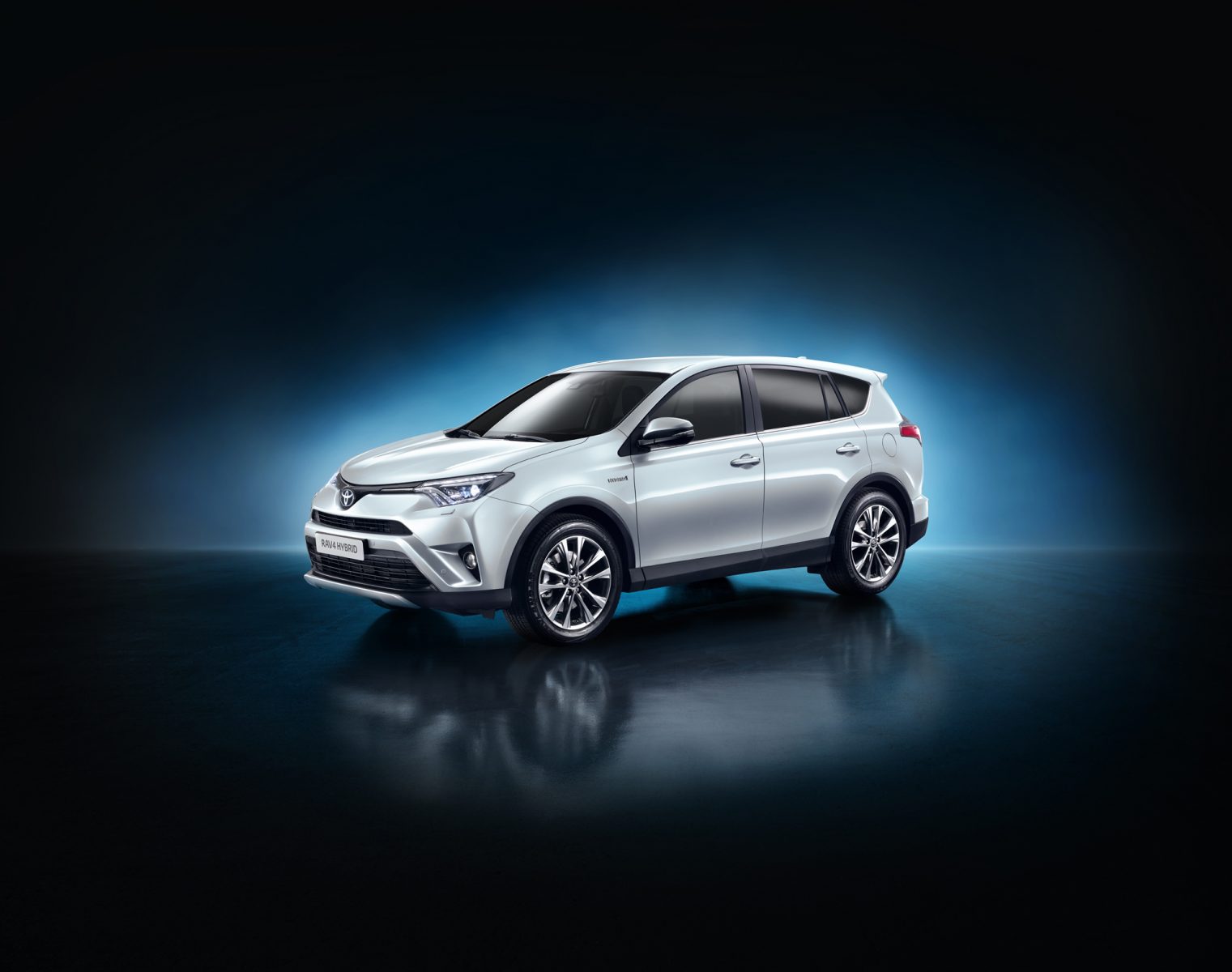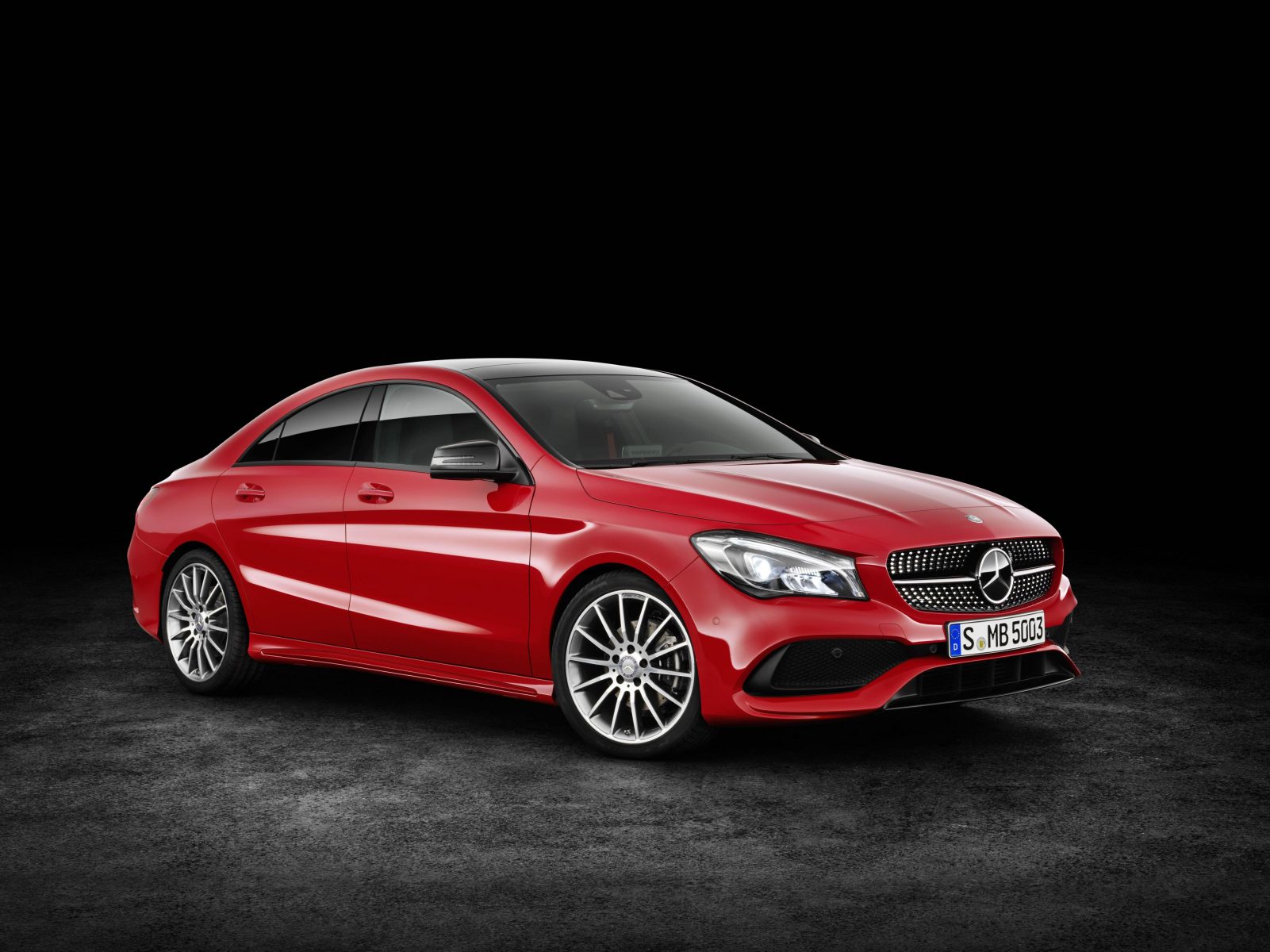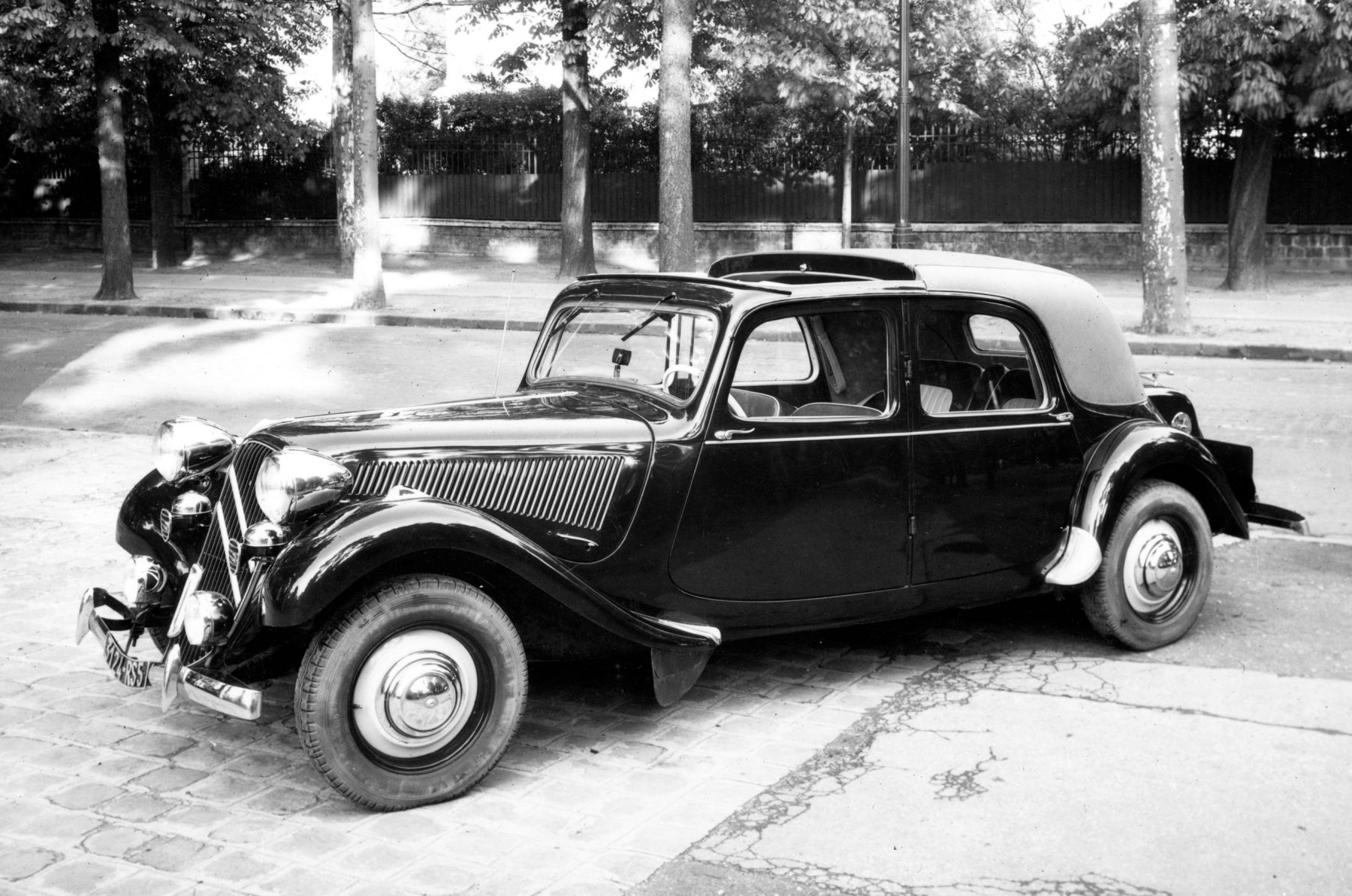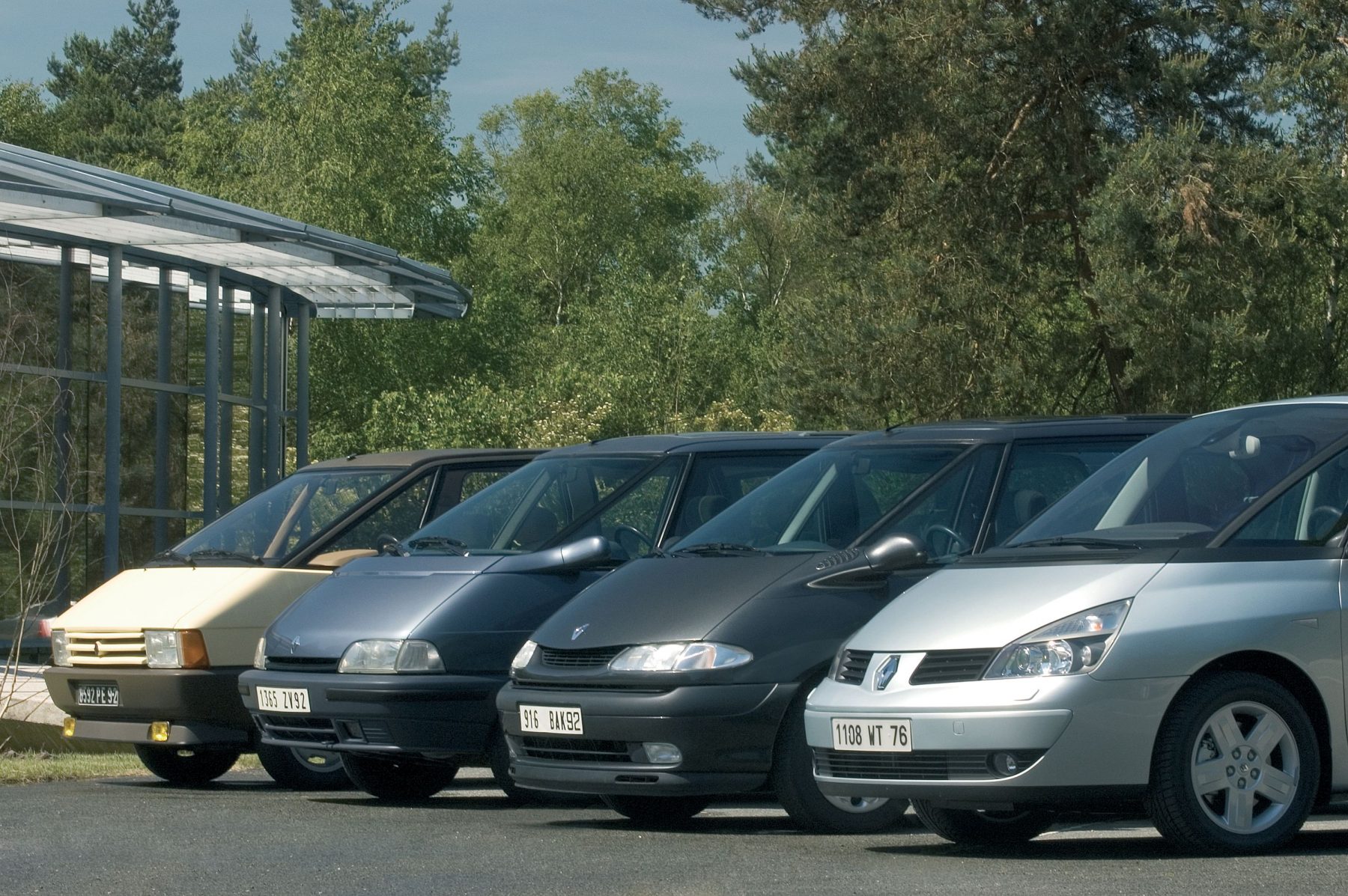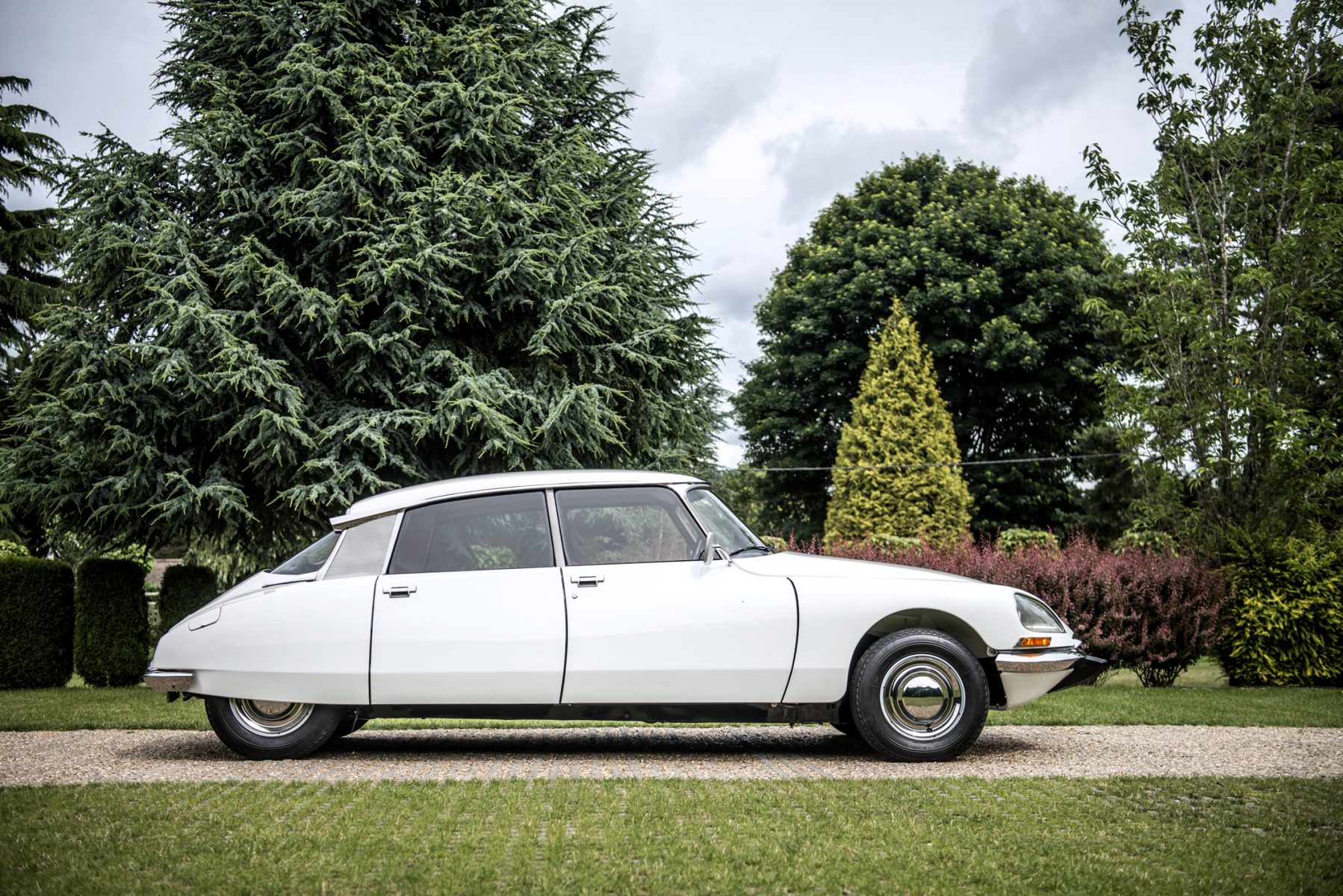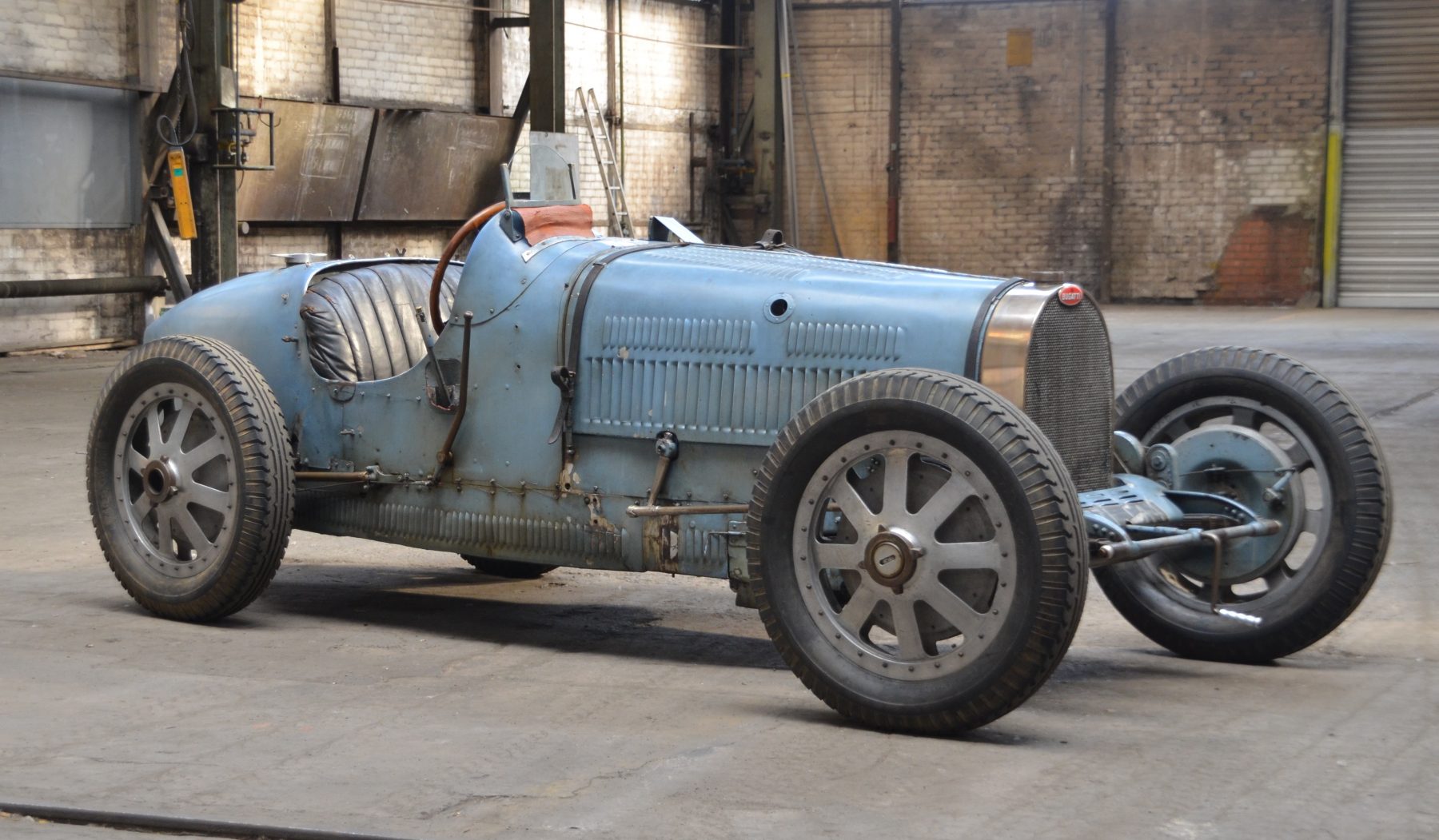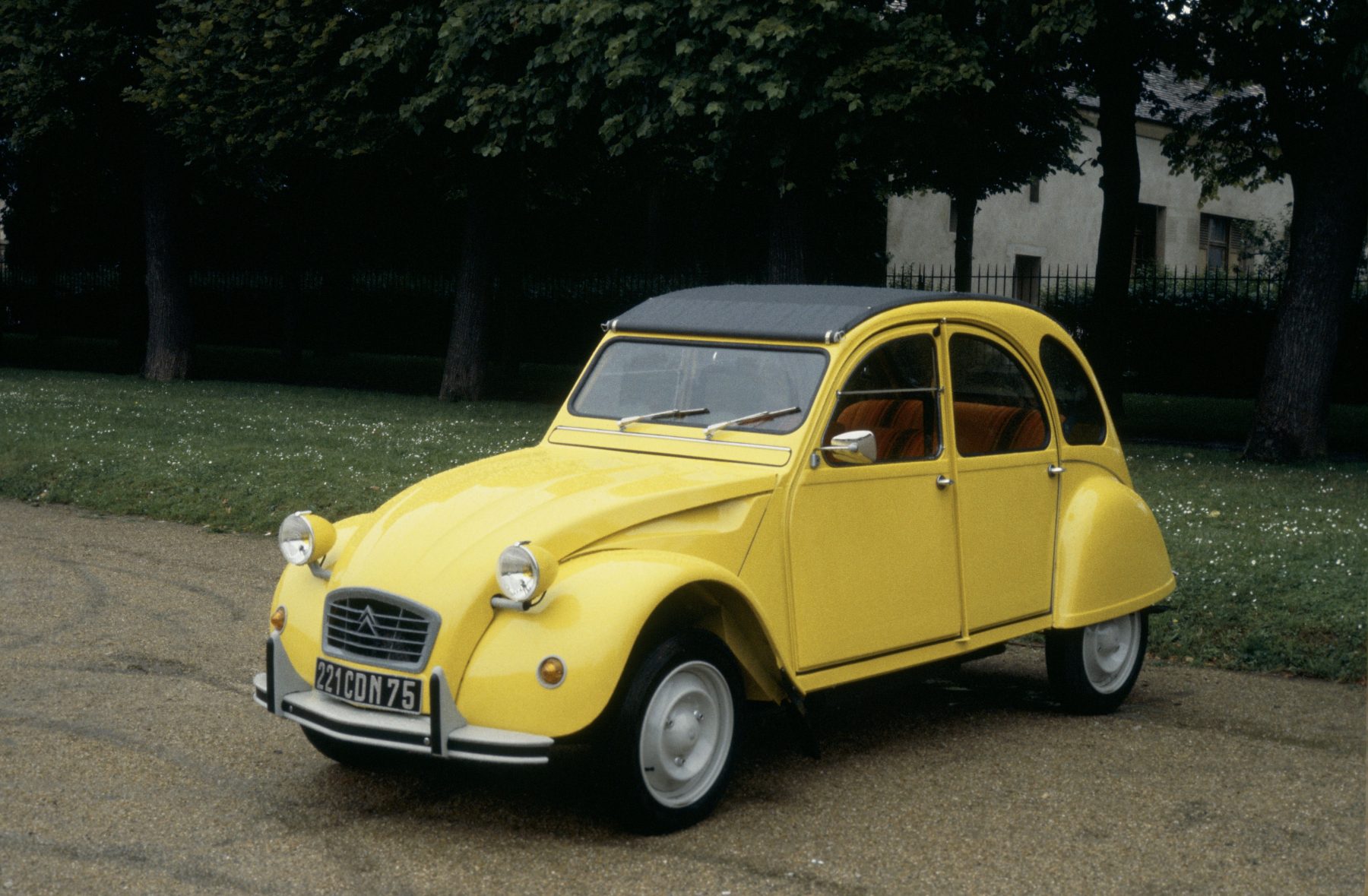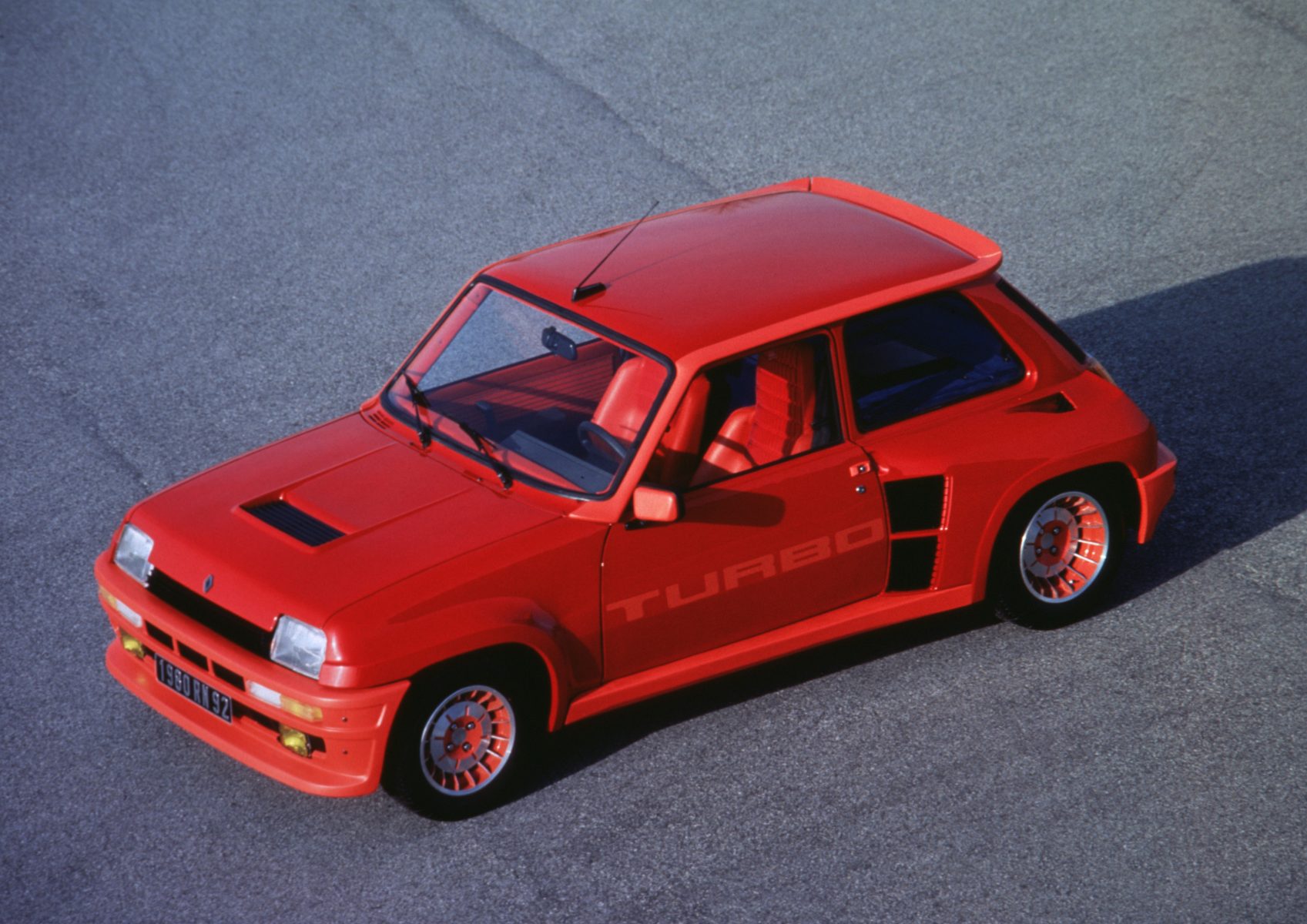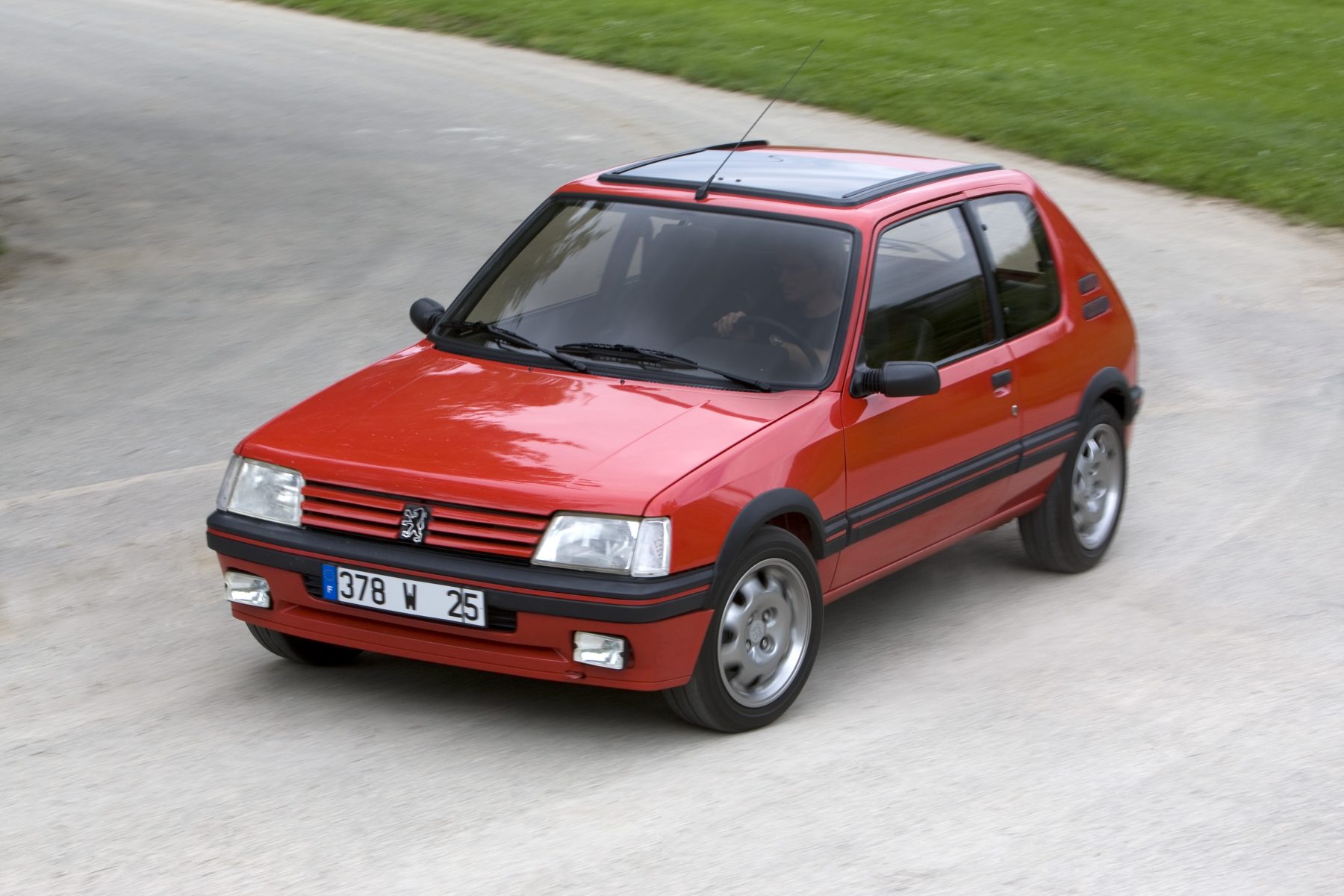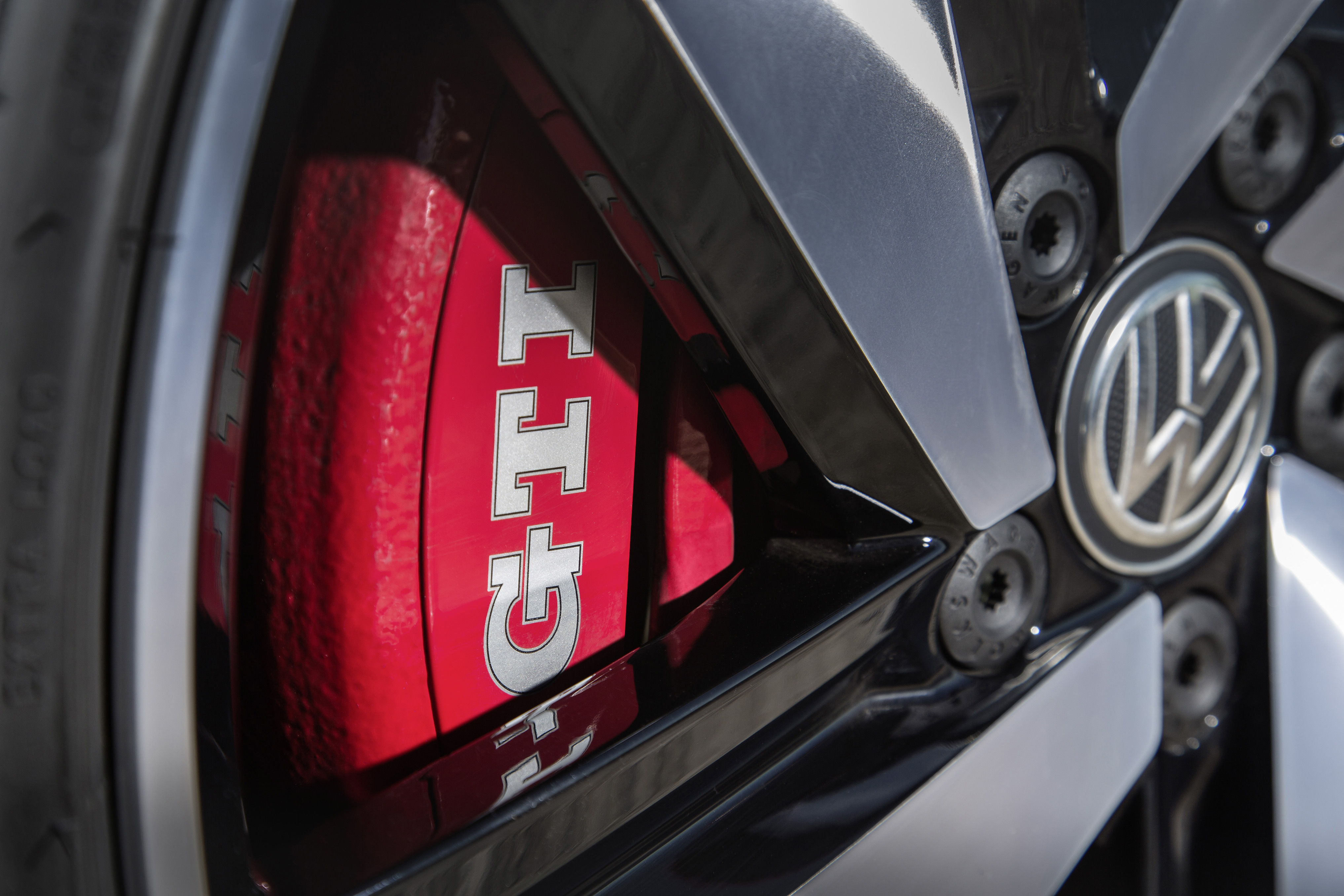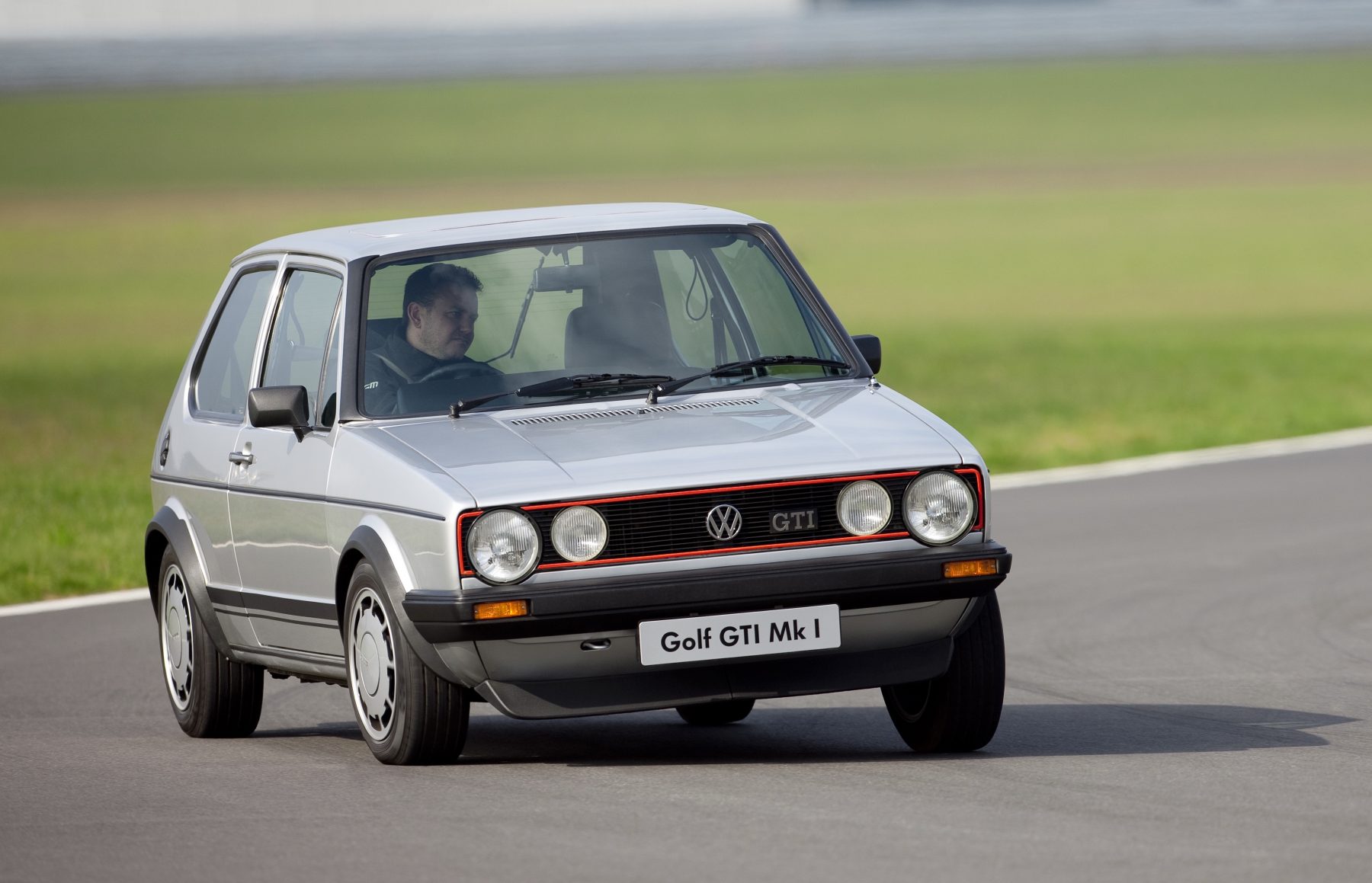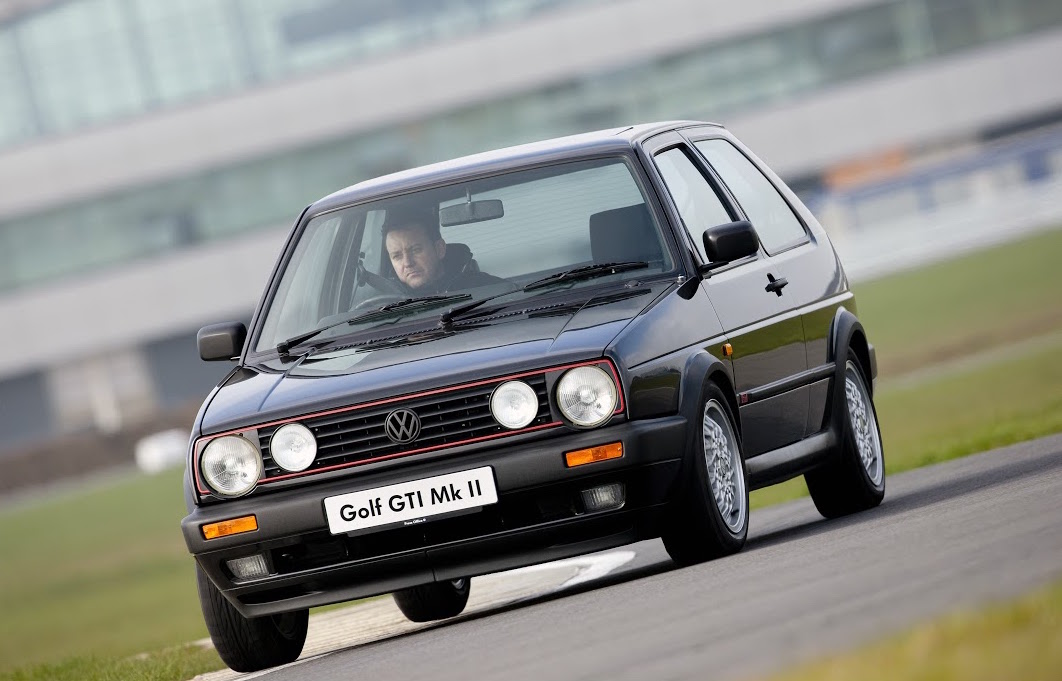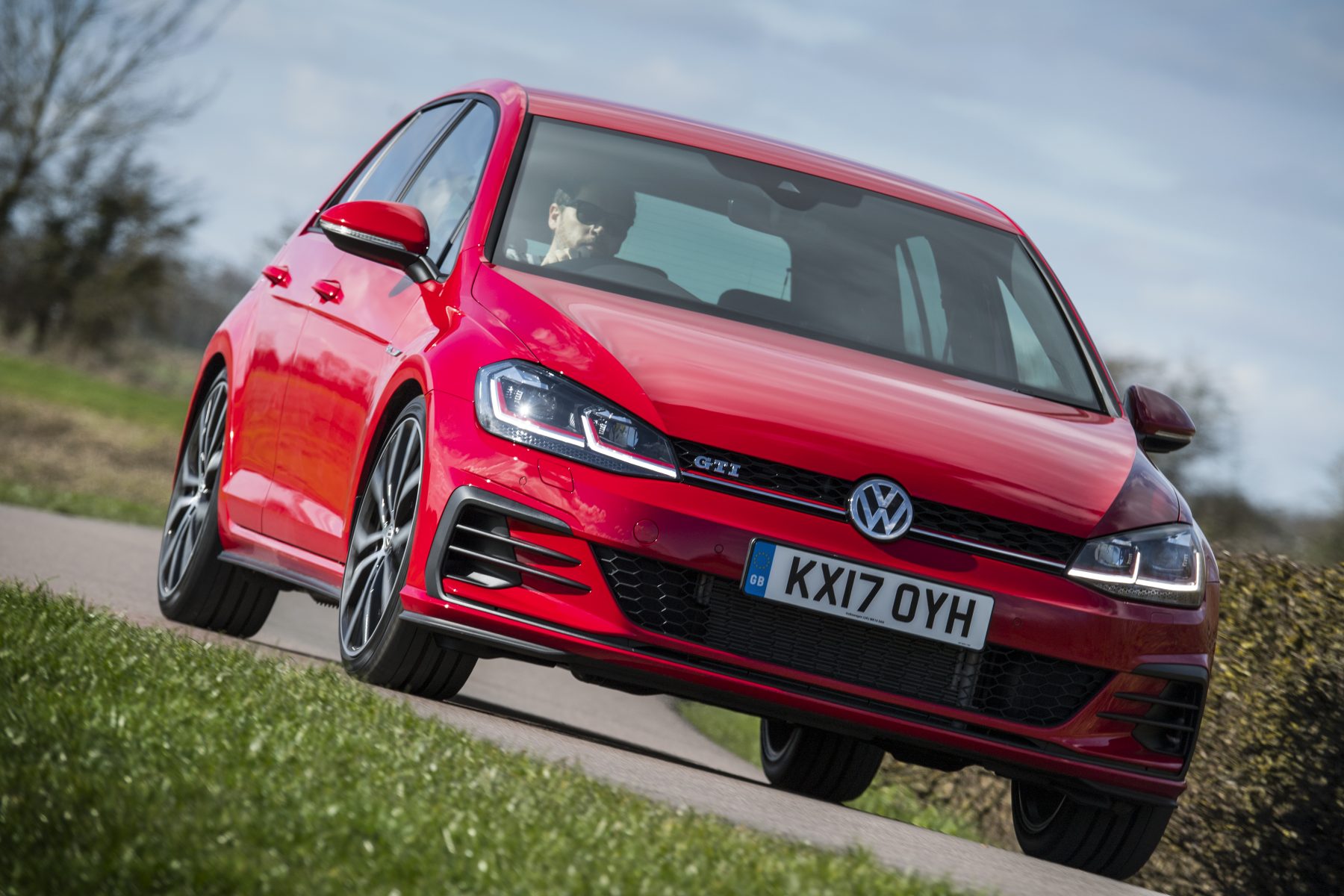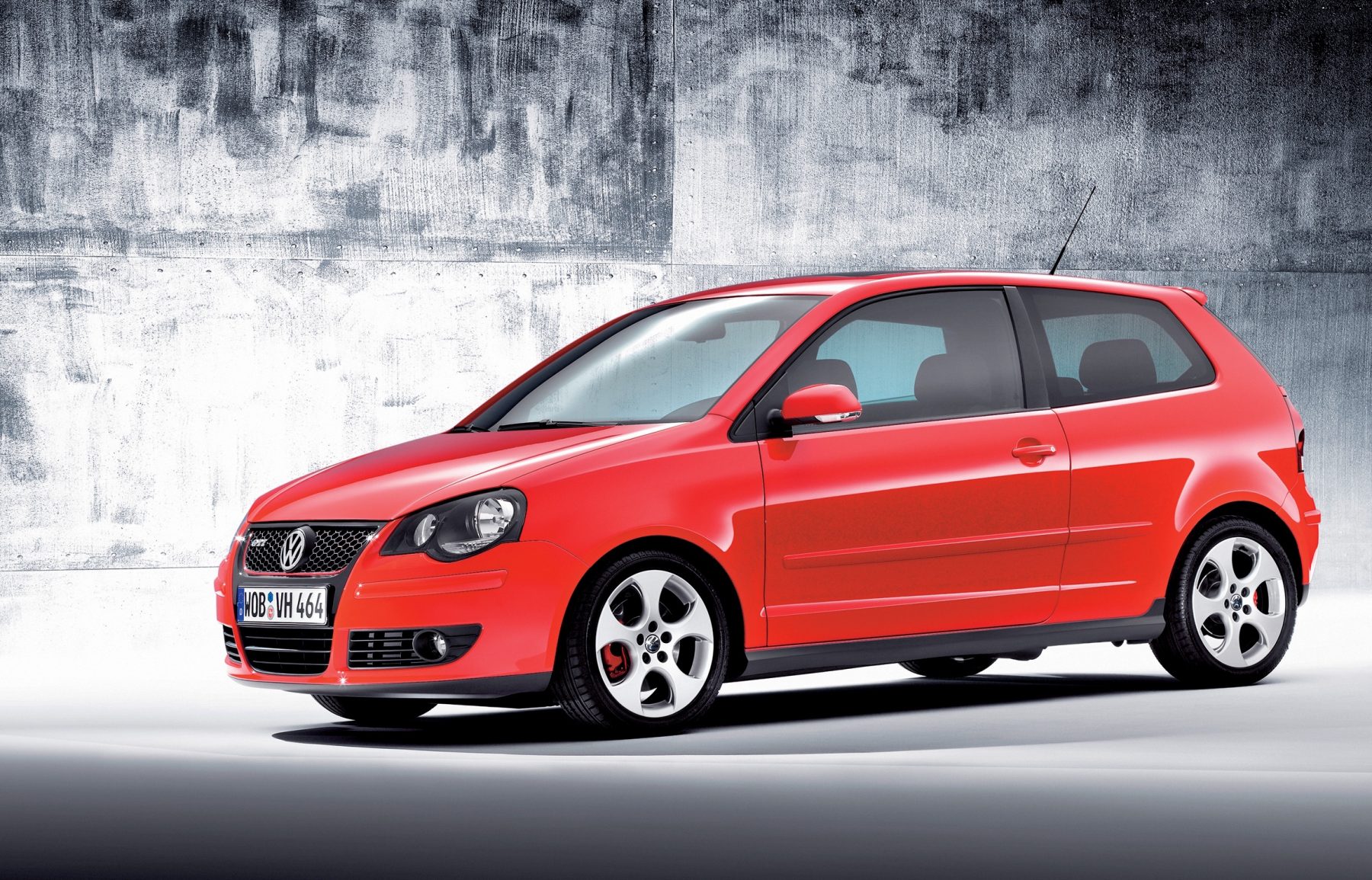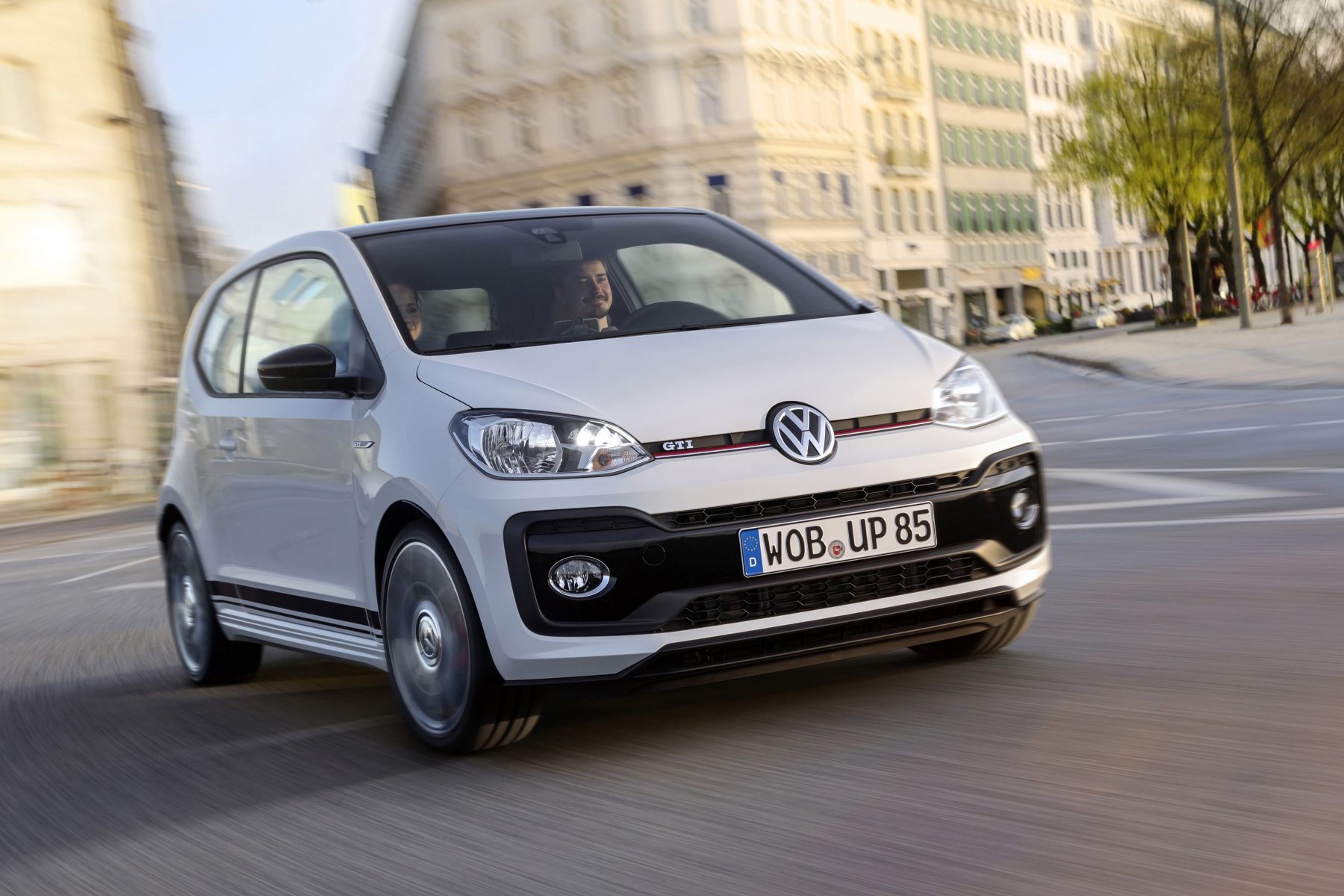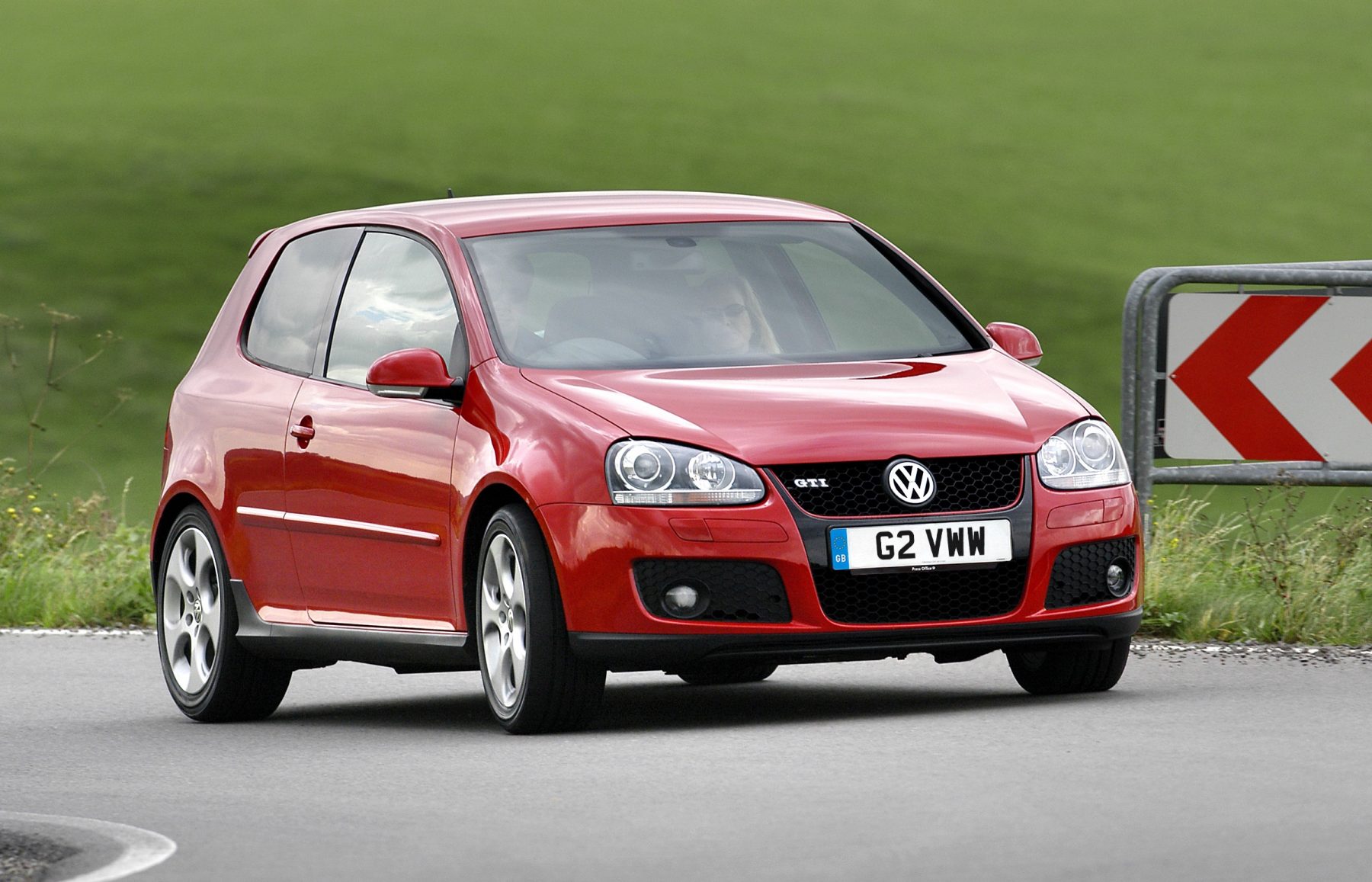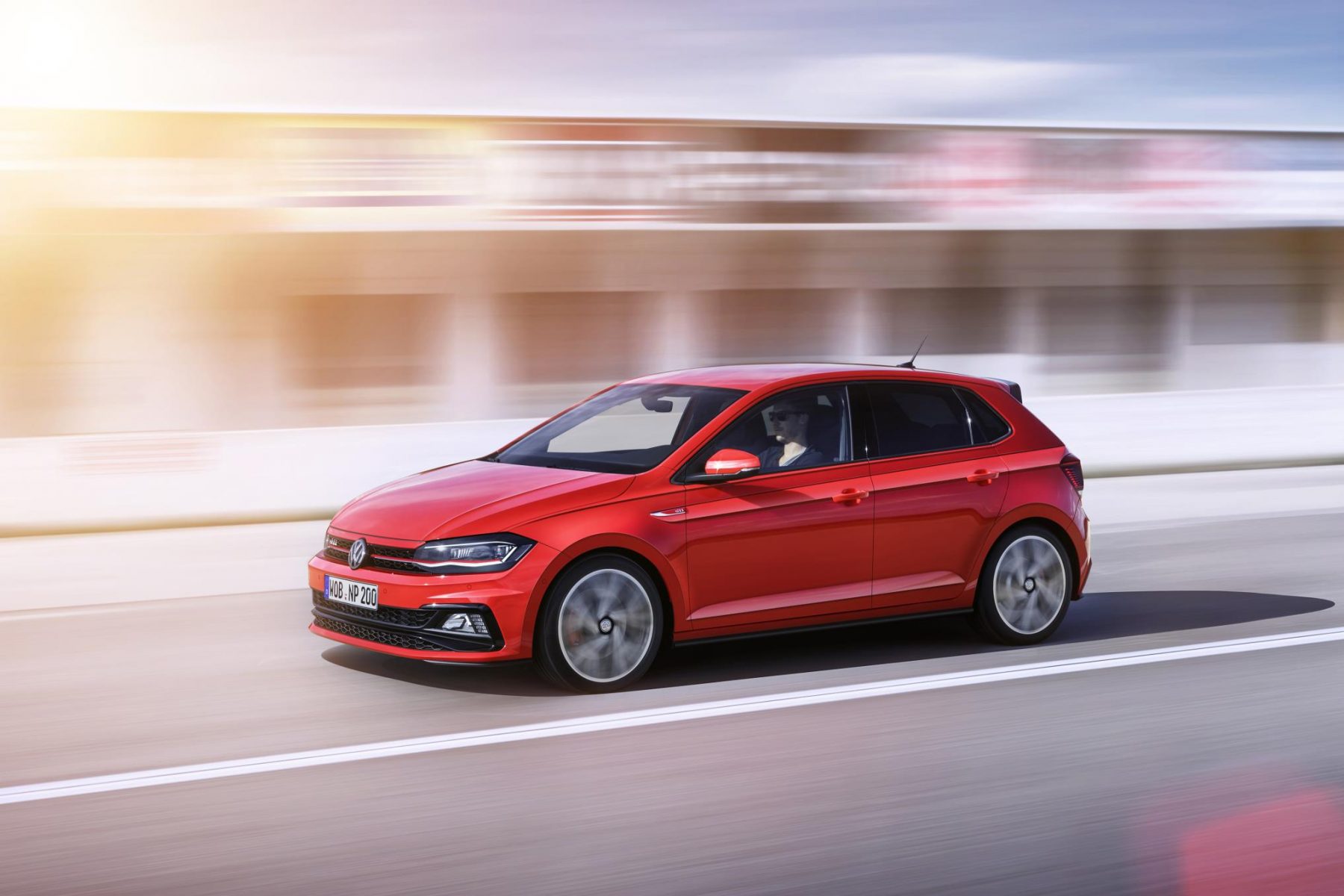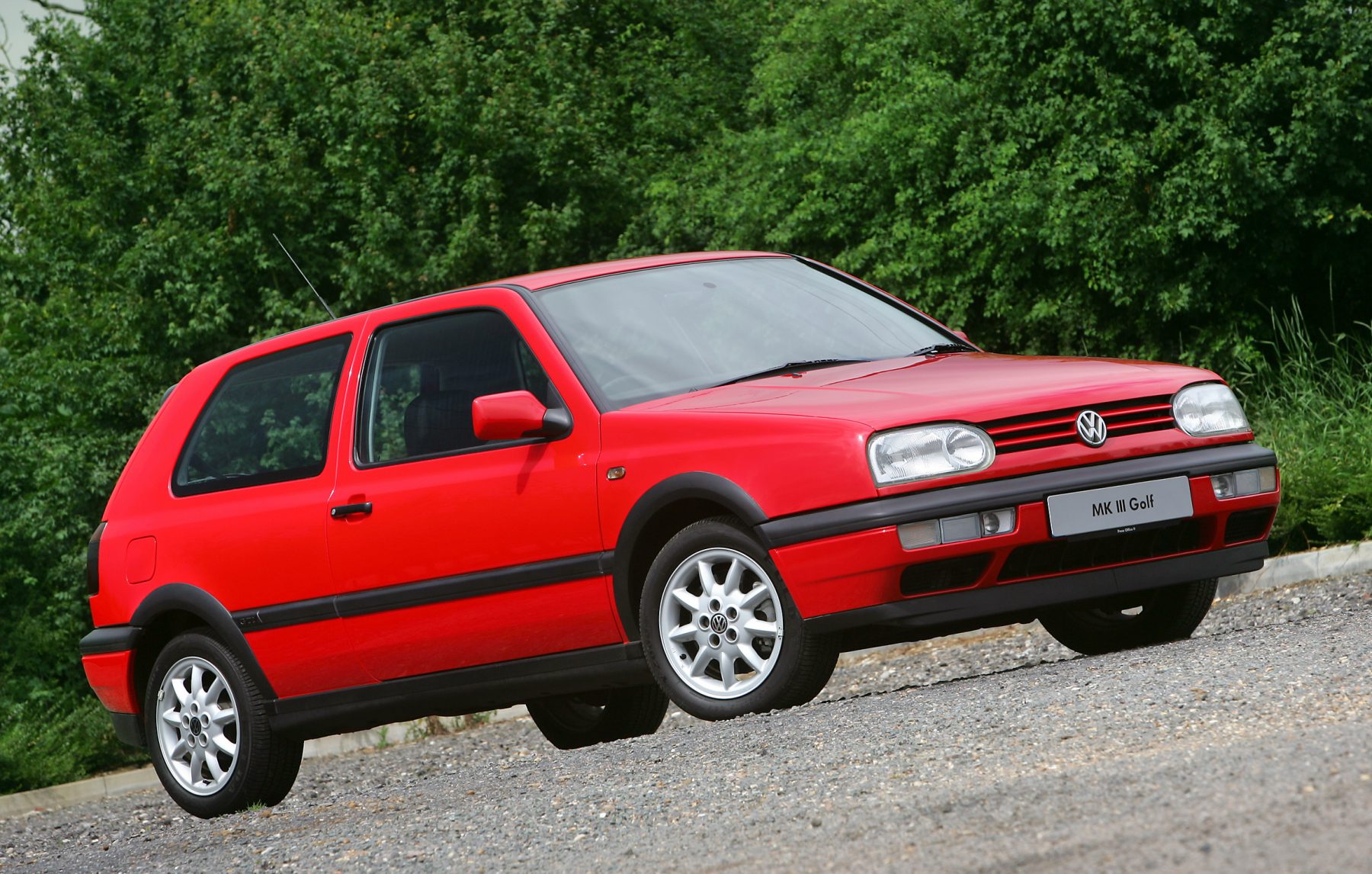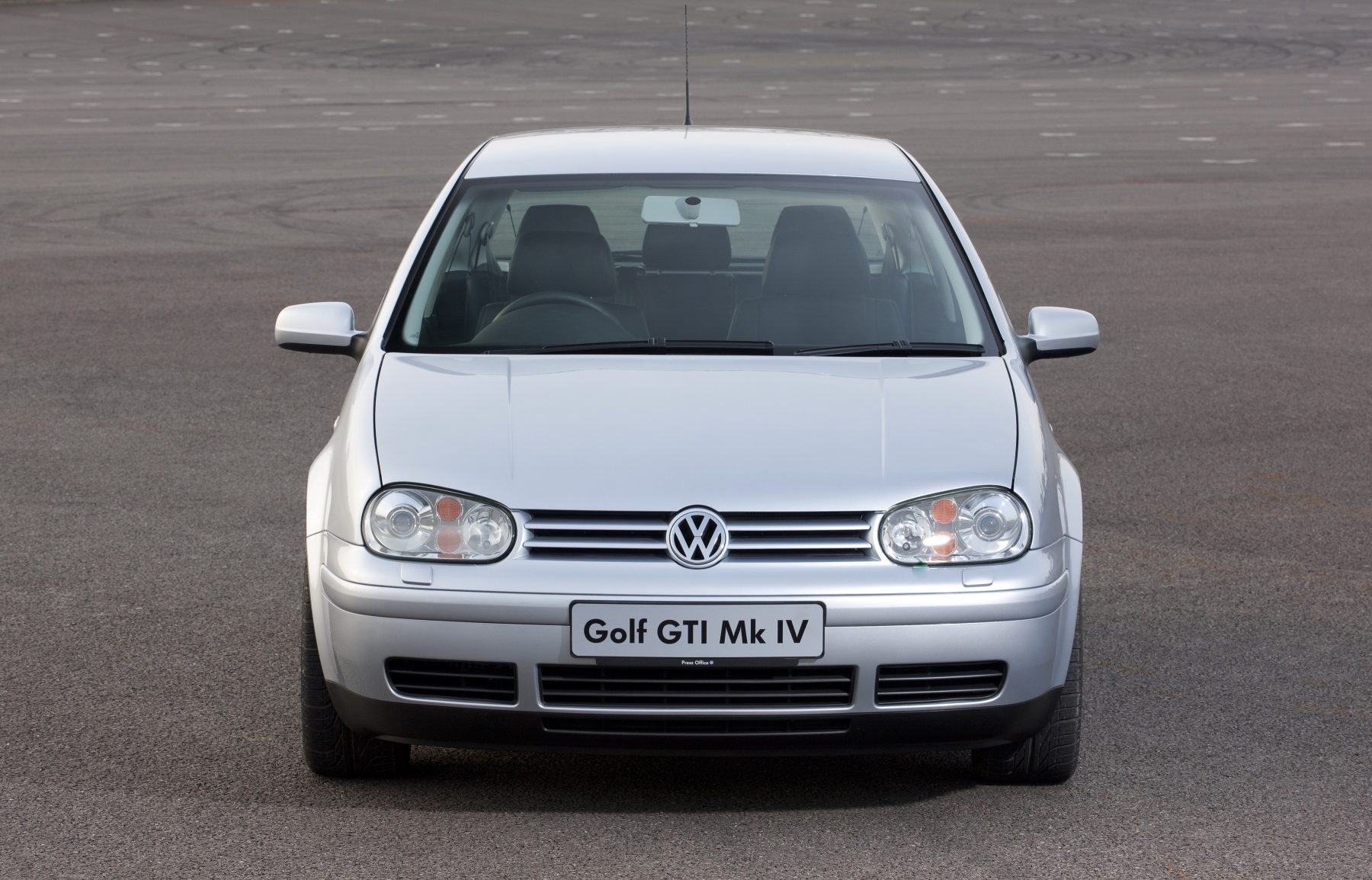On March 1 we say goodbye to the 67 number plate and hello to 18. If you’re looking for a new car, it’s a great time to buy to get that extra new feeling.
But what should you buy? We’ve looked back at the best cars to be released since the last plate change in September – with everything from hatchbacks to SUV and electric vehicles to diesel pick-up trucks, there’s sure to be something for everyone.
Alfa Romeo Stelvio
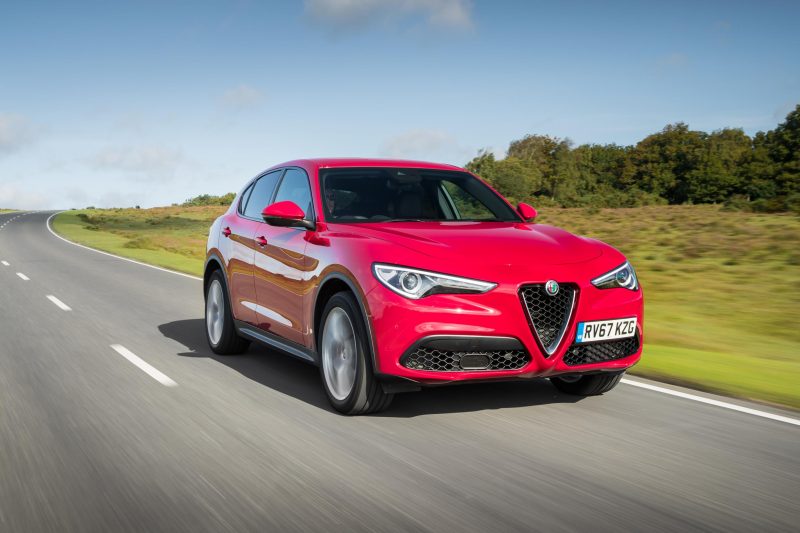
Coming as the first SUV in Alfa’s history, the Stevlio blends sports car-like driving characteristics with all-wheel-drive capability. It’s certainly one of the quirkiest-looking SUVs on sale today, but features a range of economical diesels making it usable on a daily basis too – though a range-topping QV version remains for enthusiasts.
Alpine A110
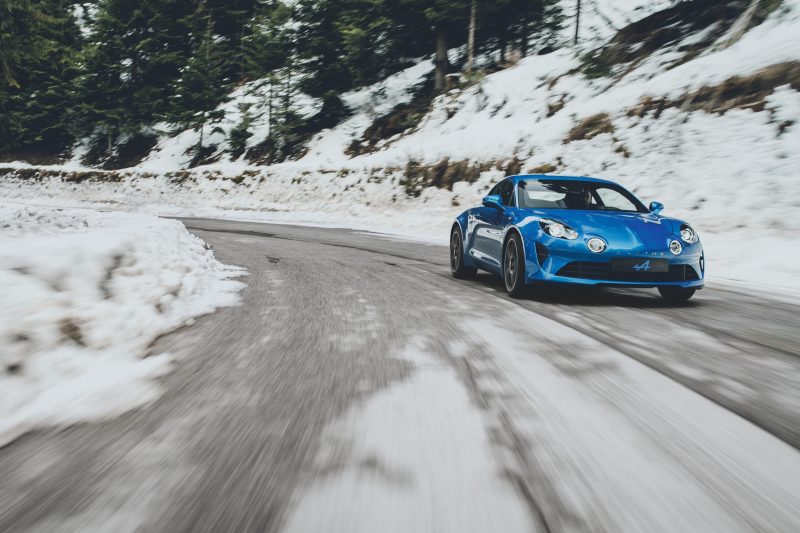
Reborn Renault sub-brand Alpine’s first car is the A110, pitched as a competitor to the Porsche 718 Cayman. With the mighty Renaultsport division fully behind it, you’d hope that the A110 is good – and it is. With a peppy engine, gorgeous looks and incredibly involving handling, it’s one of the most satisfying cars to drive on the market today. It’s priced to compete with the big boys, but dynamically, it’s worth it.
Audi A5 Sportback
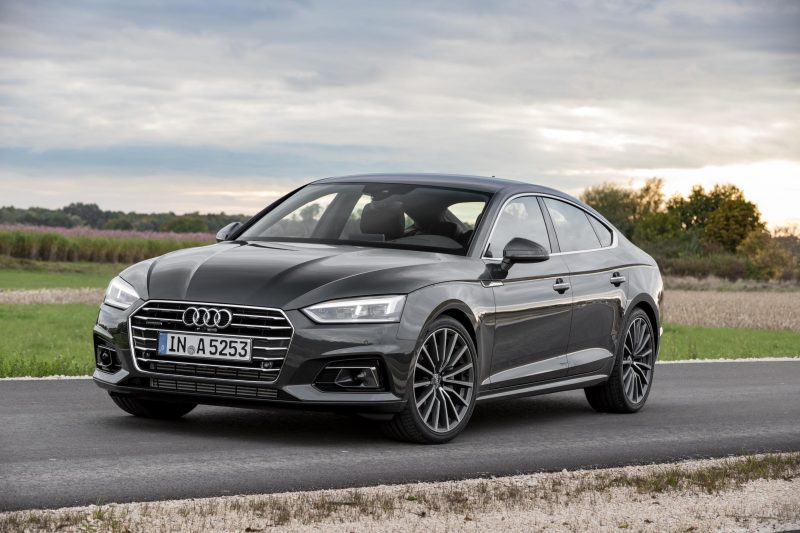
If you’re after a spacious, relatively practical saloon car with coupe looks, then the Audi A5 Sportback is the one for you. With a range of economical yet powerful diesel and petrol engines to choose from, as well as a variety of exterior trims and colours, it’s one of the best all-rounders on sale today. The interior is, as you’d expect, solidly built too.
Audi A8
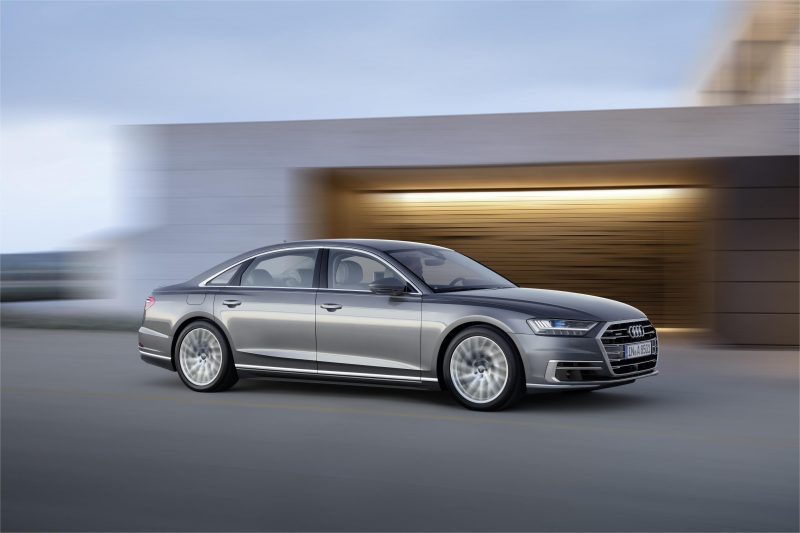
When it comes to big German limos, the Mercedes S-Class and BMW 7 Series have a serious competitor in the new A8. It continues its predecessor’s reputation for discreet, under-the-radar luxury but adds in more technology than you can shake a stick at. It’s as autonomous a car as you can buy today, and replaces almost every physical button with a screen. Overkill? Sure, but it’s luxury overkill.
Audi Q5
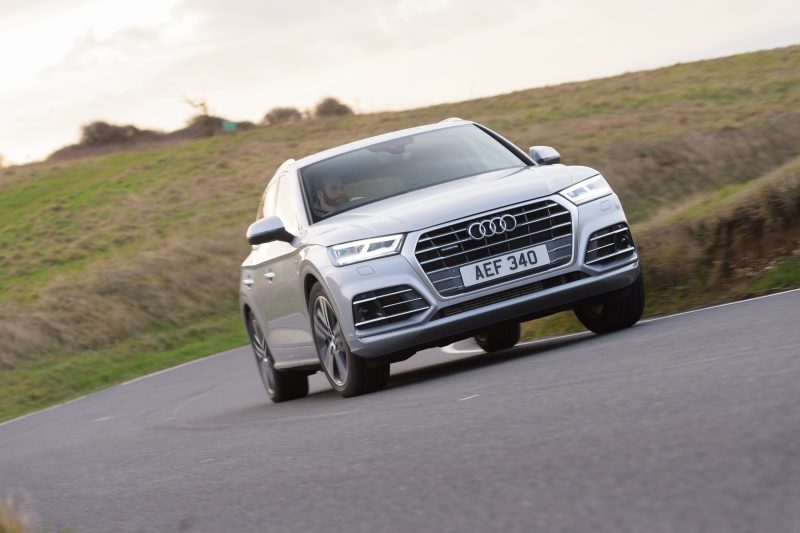
Audi’s Q5 has been a popular option for families for some time, owing to its decent levels of interior space alongside excellent levels of safety. The latest Q5 is more tech-laden than ever before, with Audi’s new infotainment system providing plenty of functionality. It’s also more refined than the previous-generation, making it as well-suited to motorway runs as to the morning trip to school.
Audi R8 Spyder
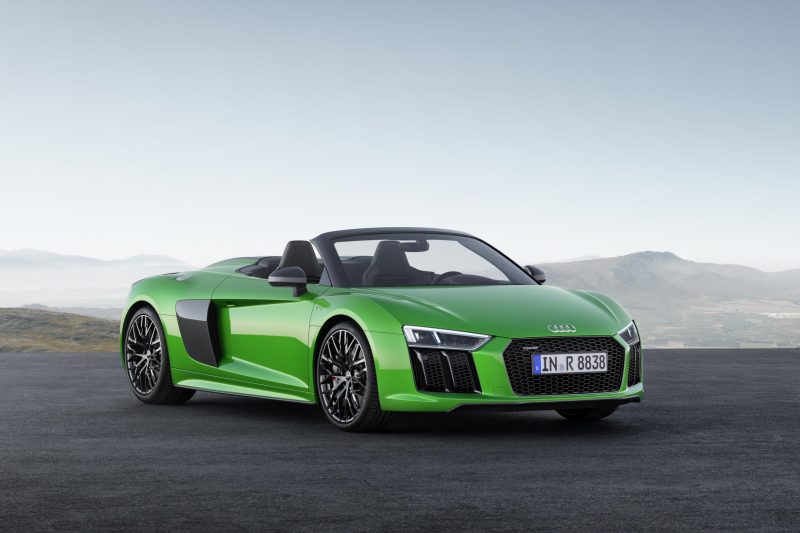
A screaming V10 engine, glamorous supercar looks, 610bhp and four-wheel drive? Shockingly, this is not a vehicle from the stables of Lamborghini, but staid and sensible Audi. The second-generation R8 is one of the last bastions of naturally-aspirated supercar thrills, and makes a lot of sense as an ‘everyday’ supercar – being no harder to drive in town than an A3, but with rocketship performance underneath your right foot.
Audi TTRS
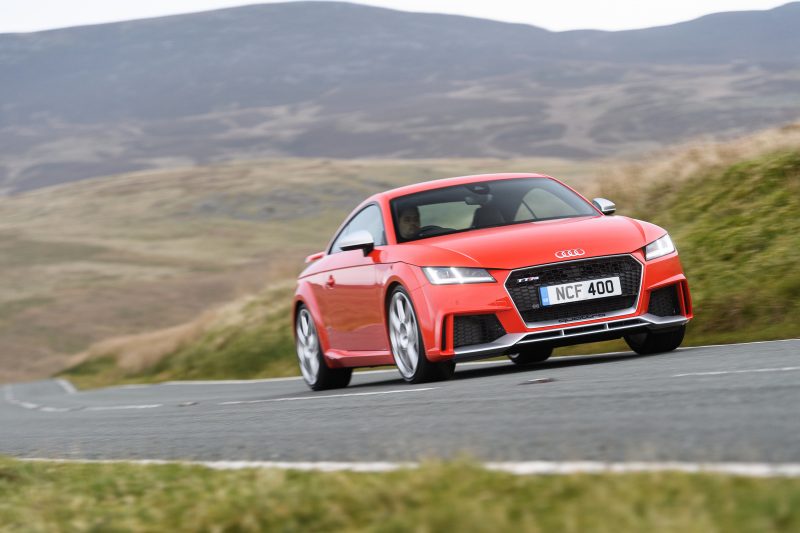
Small, compact, but powerful, the TTRS is an ideal car for UK roads. Featuring a 2.5-litre turbocharged petrol engine and Audi’s quattro all-wheel-drive system, it can hit 60mph in under four seconds before reaching a top speed of 155mph. It also – at a push – seats four, and has a decent size boot, making it usable on a daily basis too.
Audi RS4 Avant
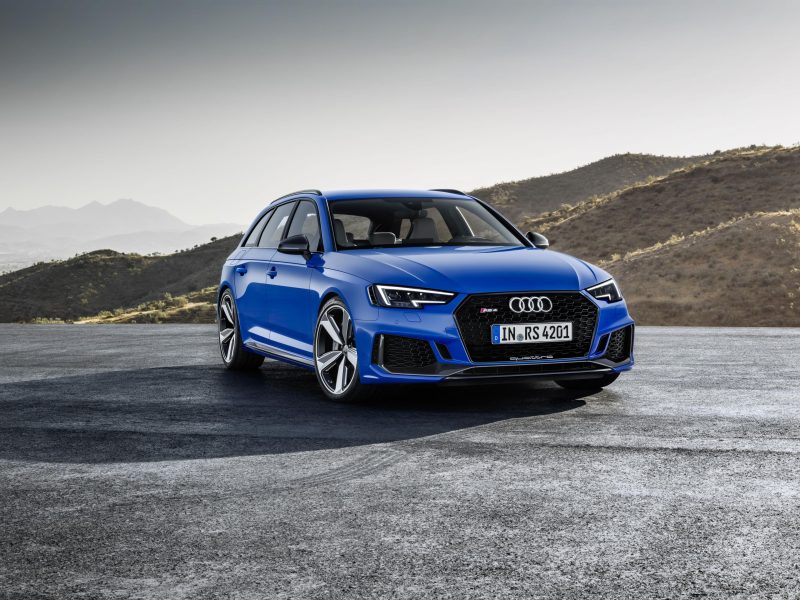
Audi’s super-estate has entered 2018 in its fourth generation, with more power than ever before. Despite being two cylinders down from its V8 predecessor, the B9 RS4 has 443bhp and 600Nm of torque thanks to the addition of two turbochargers to its 2.9-litre V6 motor.That power is sent to all four wheels through a single-clutch transmission, resulting in a 0-60mph time of 3.9 seconds and a limited 155mph top speed.
BMW X2
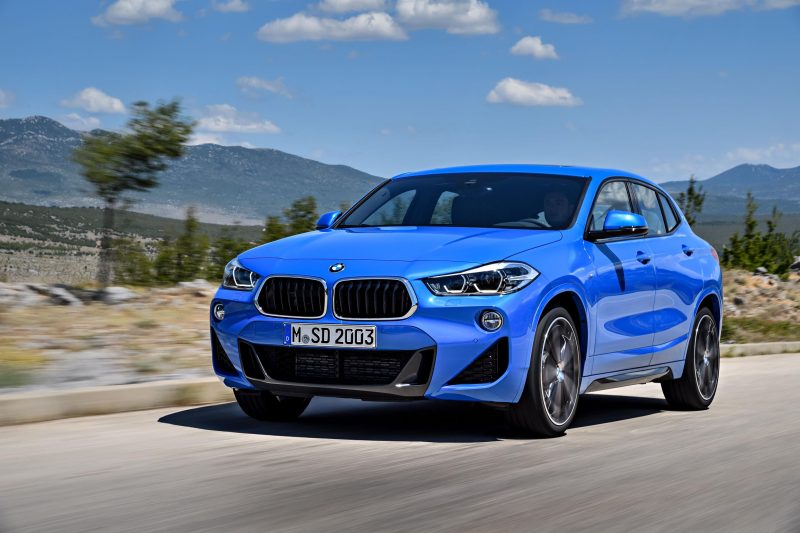
The BMW X2 sees the German manufacturer entering into the ever-flourishing compact crossover market. What does it bring to the table? Sportier dynamics, for one. In addition, the X2’s premium cabin will find favour with those who like a little more luxury in their crossover, while that all-important badge appeal is there in spades.
Citroen C3 Aircross
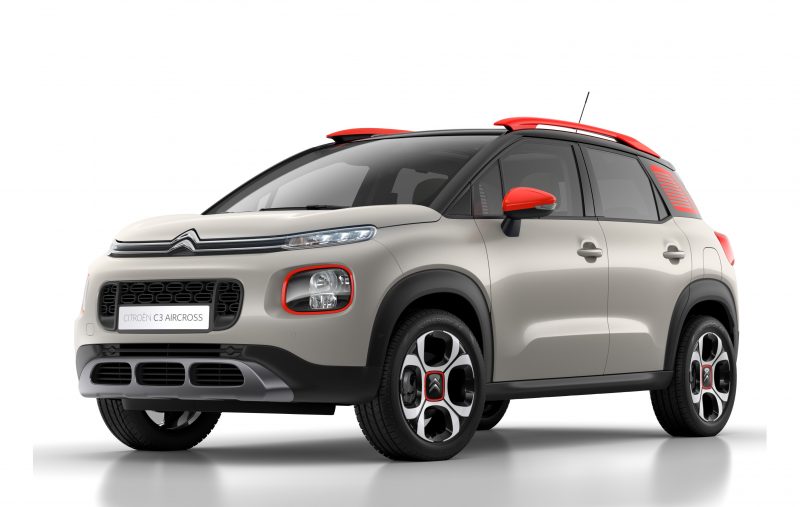
Citroen’s quirky past is well and truly back, and the C3 Aircross proves it – sitting in the conservative compact crossover sector alongside cars such as the Mazda CX-3, it stands out by virtue of its kooky styling and intriguing plastic ‘Airbumps’. The interior is pretty quirky too, but it still works well as a family car – there’s plenty of room, a range of efficient engines and some interesting kit, such as a built-in dashcam.
DS 7 Crossback
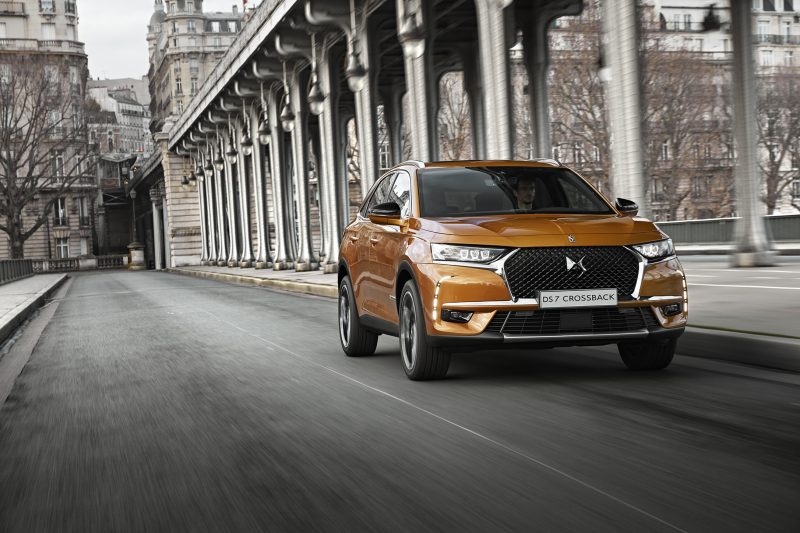
DS Automobiles is the ‘premium’ arm of Citroen, and so far its products have been pretty poor. That’s all changed with the DS 7 Crossback. It’s hit the nail on the head with great value, an impressive driving experience, and near-German quality – it’s a genuine rival to big-selling rivals from BMW and Audi.
Ferrari GTC4Lusso T
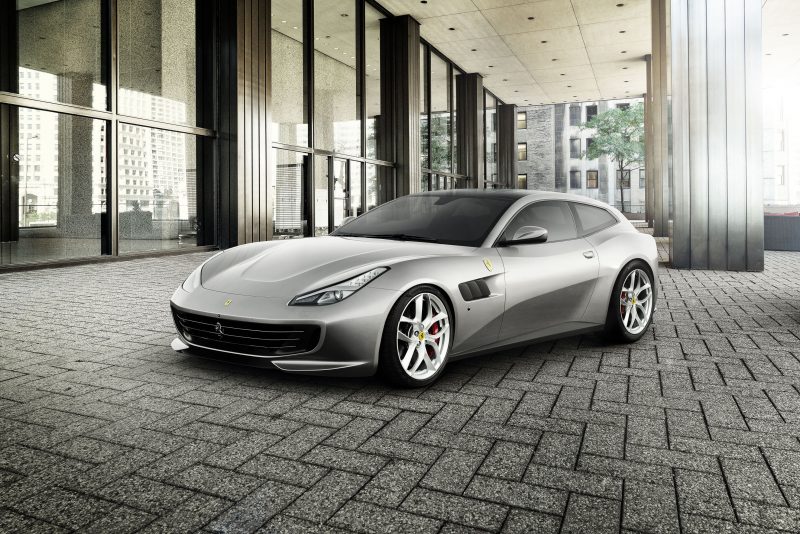
Fancy a rear-wheel drive Ferrari but need the practicality of an estate car? Well, the GTC4Lusso T is the car for you. Its based on the existing GTC4Lusso, which is all-wheel drive, but replaces the V12 with a smaller 3.9-litre turbocharged V8 engine and loses the front differential. Despite the downsizing, it’s no slouch. It sends 601bhp through the rear wheels, meaning 0-60mph can be achieved in 3.3 seconds with a 199mph top speed. All with room for the dog…
Ford Fiesta
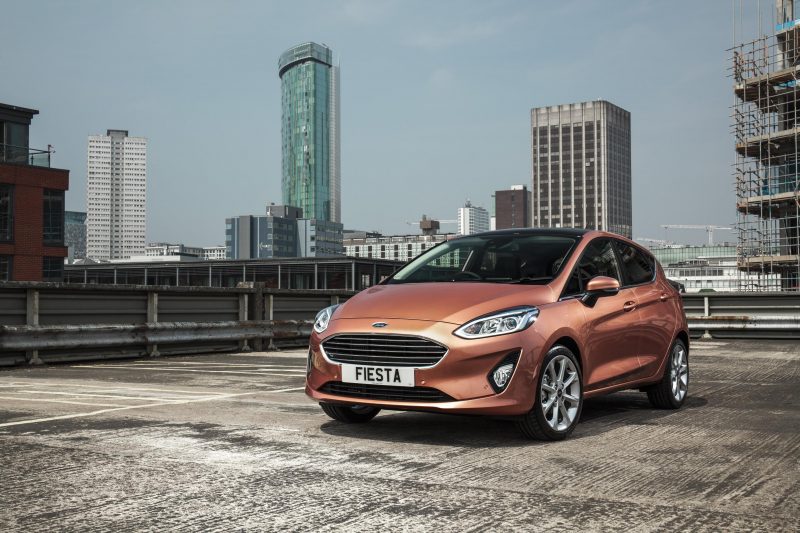
It’s a hard task to replace one of the best-selling cars of all time – but that’s exactly what Ford had to deal with when remaking the Fiesta. The Blue Oval managed to achieve just that, producing a new Fiesta which drives, looks and feels as sharp as the car it replaces. Though we’re yet to see the fire-breathing ST version, if this base car is anything to go by it’ll be a cracker.
Honda Civic
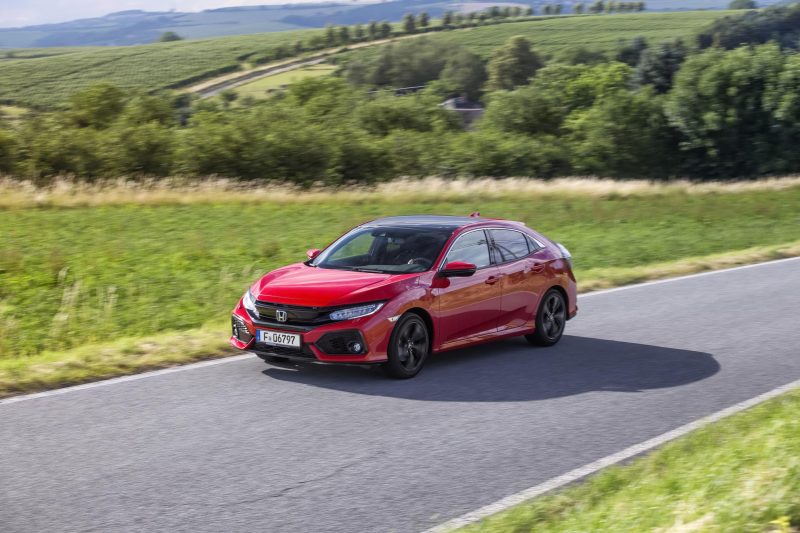
The Civic is traditionally the safe and sensible choice in the family hatchback sector, but this new model turns that on its head. Longer, wider and much lower than the outgoing car, it’s very stylish, and great to drive thanks to peppy engines and a fantastic manual gearshift. It’s also very spacious – there’s room for four adults and a class-leading boot. You can also opt for the fire-breathing Type R if you’re so inclined.
Hyundai i30N
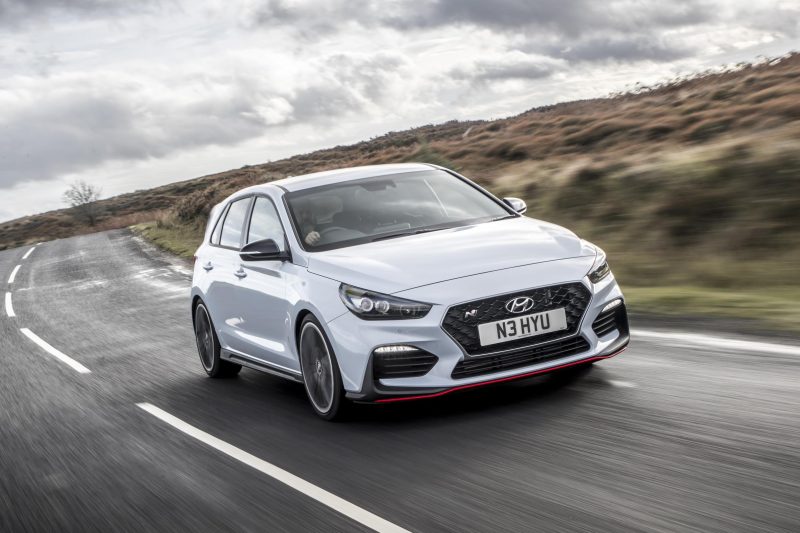
When Hyundai announced that it would be making a powerful, front-wheel-drive hot hatch to rival the likes of the Volkswagen Golf GTI and Renault Megane RS, many thought that it would never work. However, now it’s arrived, the i30N has proved to be an incredibly capable car, and one which can easily match more mainstream offerings. It’s also far cheaper, yet comes with plenty of kit – so it’s no bare-bones option, either.
Hyundai Kona
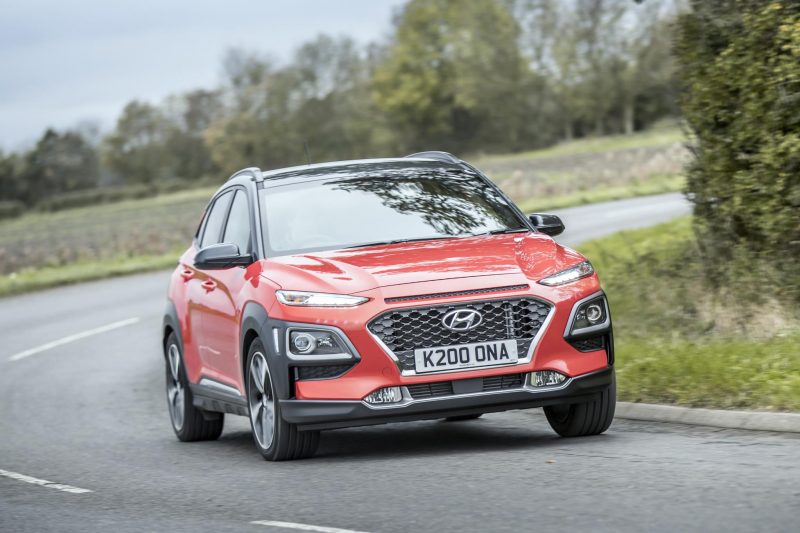
In what appears to have become a sea of compact crossovers, the Hyundai Kona, with its quirky styling and reasonably decent on-road handling, certainly stands out. It also comes with an impressive seven-year warranty, which means that even after a reasonably long period of motoring, you shouldn’t have to worry if things go wrong. Add in that the Kona will be very practical for most families, and you have a package which is hard to beat.
Infiniti QX50
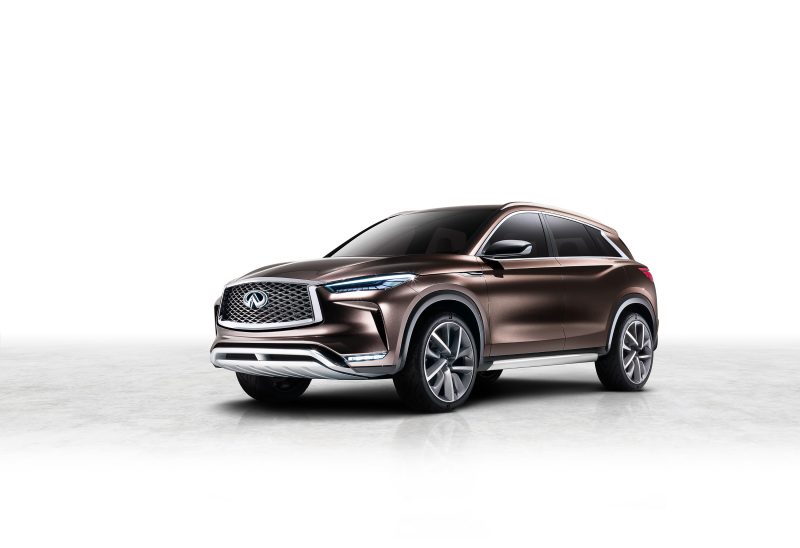
Sharply styled yet impressively spacious, the Infiniti QX50 looks to conquer the hugely competitive SUV market. The car’s 2.0-litre turbocharged petrol engine features some high-tech features, too; it can alter its compression according to driver need – lowering when a more economical drive is needed or raising when performance is required. It’s a clever feature, and one which Infiniti hopes will transform the fortunes of the QX50.
Jaguar XF Sportbrake
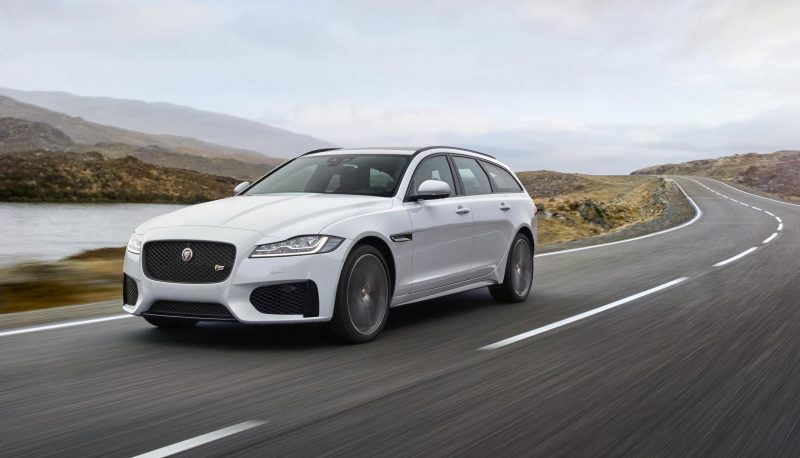
The Jaguar XF Sportbrake combines sleek, shooting-brake-style looks with plenty of practicality. A variety of neat storage touches ensure that the XF Sportbrake will be well-suited to family life, while a sporty drive means that winding country roads can be fun, too. An alternative to the likes of the BMW 3 Series Touring and Audi A4 Avant, this is certainly one well worth considering.
Kia Niro
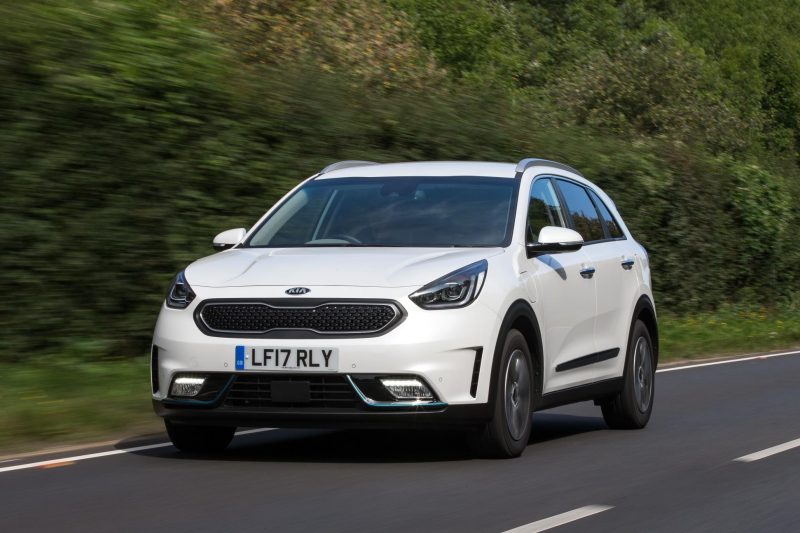
The Niro is one of the latest hybrid vehicles to hit the market, but features more traditional styling to help it blend in a little more than other quirky-looking alternatives. Thanks to a combination of electric and petrol motors, Kia claims that the Niro will return up to 74.3mpg on the combined cycle, while emitting as low as 88g/km CO2 – meaning running costs should be kept to a minimum.
Kia Picanto
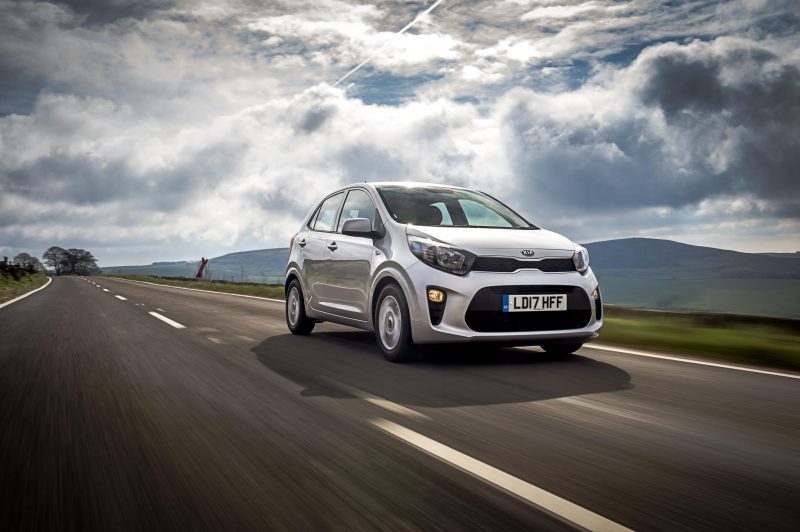
One of the most popular vehicles in the city car segment, the new Picanto had a lot to live up to. Thankfully, it more than matched expectation, with solid interior materials and a surprisingly refined drive ensuring the Picanto remained one of the best in class. Small capacity engines with a decent amount of power make the Picanto far more usable on the motorway than you’d expect, too.
Kia Rio
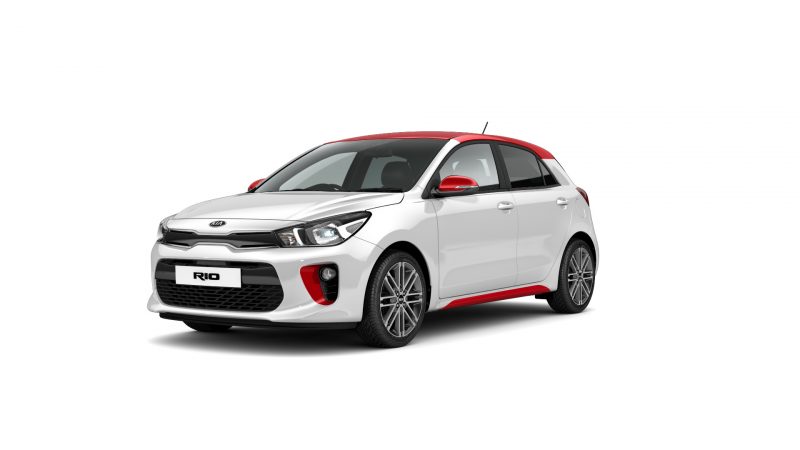
The Kia Rio is the ideal choice for those people who want a reliable, economical yet well-built small hatchback. It may not have the badge prestige of many rivals, but it counters this with plenty of standard equipment and a decent range of engines. Though the ride may be somewhat on the firm side, it’s still represents excellent value for money and is perfect for those who want no-frills motoring.
Kia Stinger GT
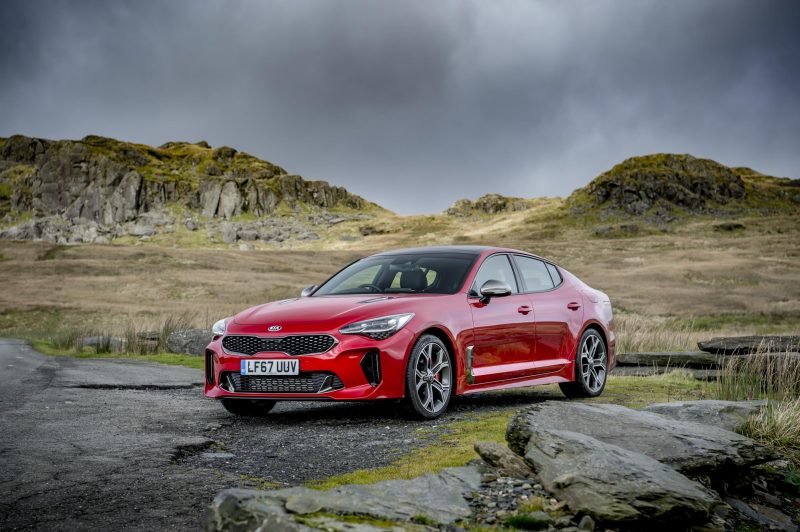
If you’re looking for a good looking, sporty alternative to more mainstream German saloon cars, then the Kia Stinger GT is the one for you. With dynamic styling and an equally as interesting drive, the Stinger isn’t what you’d expect from Kia. However, with a good range of engines as well as solid build quality, it’s really worth considering if you’re in the market for a decent saloon car.
Land Rover Discovery
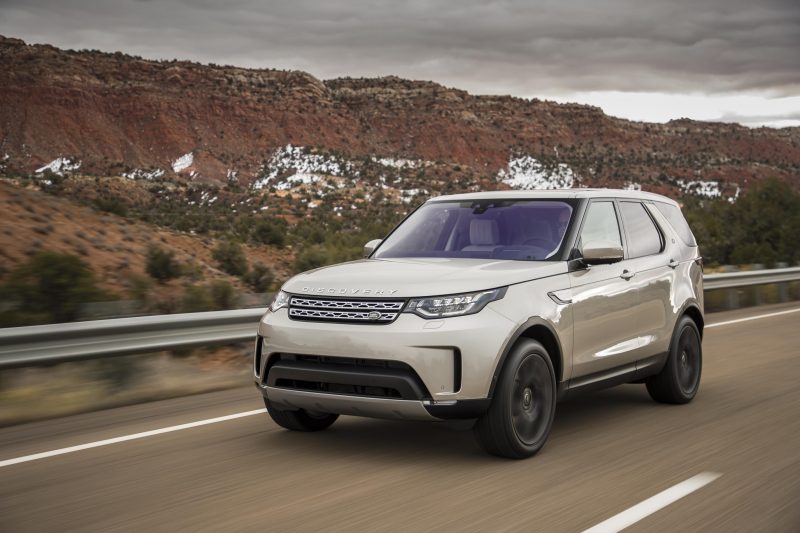
The Land Rover Discovery has, for some time, come to represent all-weather capability as well as decent interior comfort. The last generation car was hugely popular, so the new version came to market with plenty to live up to. It delivered in almost all respects, thanks to clever off-road technology as well as more space than ever before for its seven cabin occupants. Some questioned its styling, but you couldn’t argue with its all-round ability.
Lexus LC
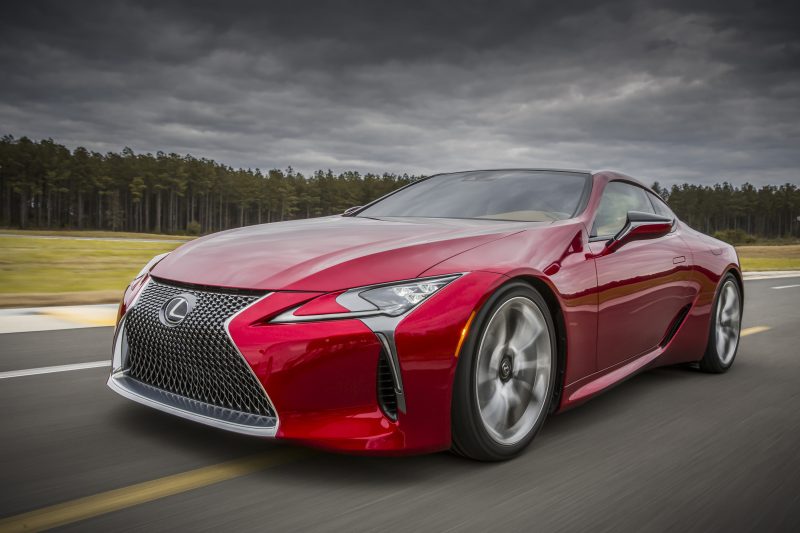
The Lexus LC is easily one of the most striking sports cars on sale today. Available with either a hybrid engine or a powerful 5.0-litre V8, it blends sports car performance with genuine grand touring ability. A cutting-edge interior matches the sharp exterior looks, while small rear seats and a decent boot endow the LC with the ability to cross continents without breaking a sweat.
Mercedes-AMG GT C Roadster
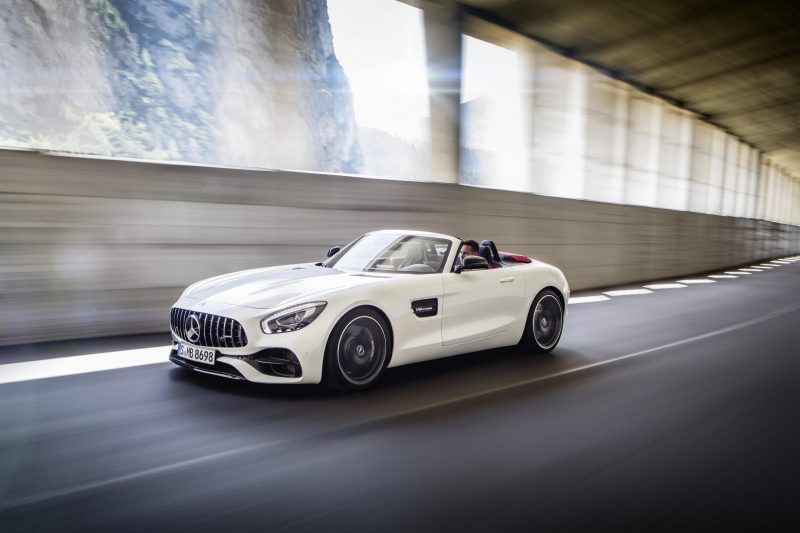
The Mercedes-AMG GT C Roadster is a slightly softer, convertible version of the track-focused GT R. However, don’t think it’s a slouch – a 4.0-litre twin-turbocharged V8 under its long, elegant bonnet provides a huge amount of power, while a sports exhaust gives it an intoxicating bellow. That softer suspension makes it a more comfortable long-distance cruiser, too.
Mercedes-AMG E63 Estate
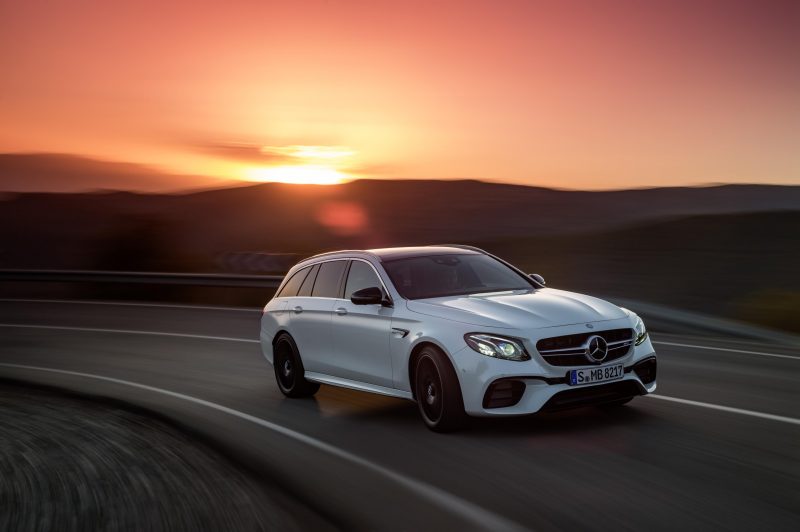
If you’re looking to go very fast, yet do so in a lot of comfort, then the Mercedes-AMG E63 Estate is for you. This version also features one of the largest boots in the segment, meaning that it’s capable of swallowing large amounts of luggage. A 4.0-litre V8 engine produces close to 600bhp, while an advanced all-wheel-drive system helps keep the E63 planted in all manner of conditions.
Mercedes E-Class All Terrain
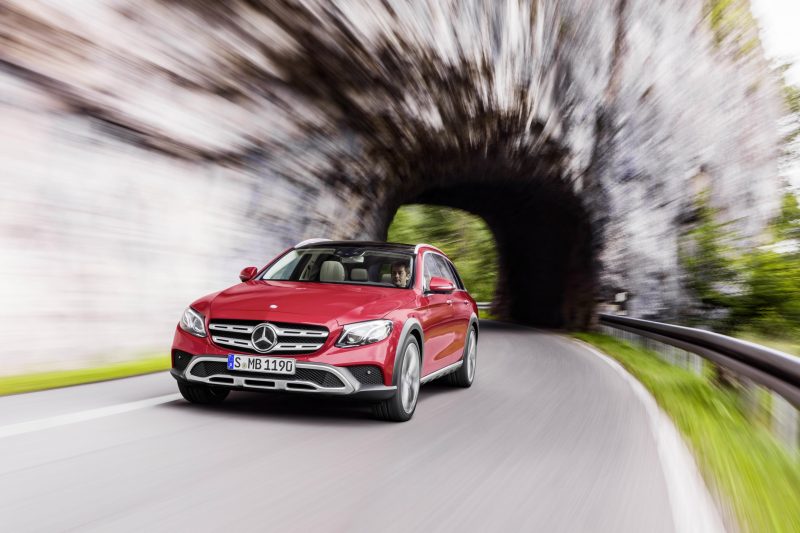
There’s nothing posher than a Mercedes estate car, but those who need occasional off-road capability were previously relegated to the brand’s range of SUVs. Enter the E-Class All Terrain, a jacked-up estate intended to compete with Audi’s A6 Allroad. It offers the same premium appeal as the standard Estate, but with enough ground clearance and grip to tackle the overflow car park at any racecourse in the country.
Mercedes X-Class
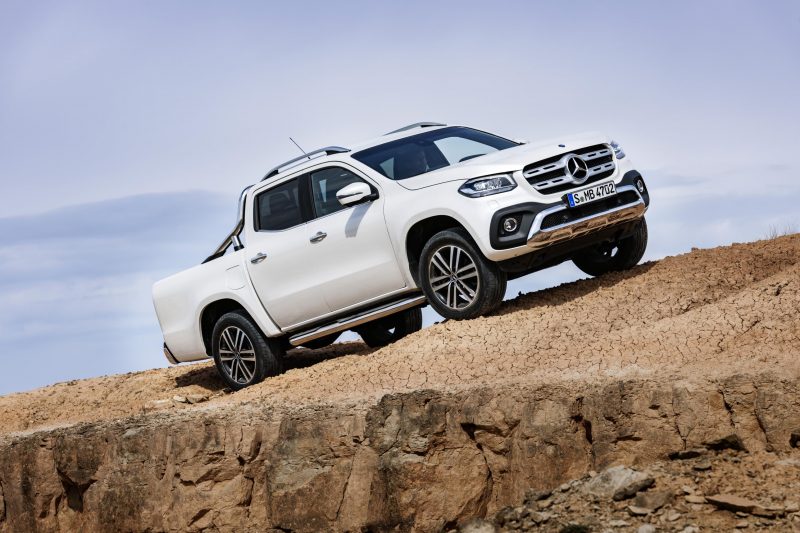
This is Mercedes’ first attempt at in the pick-up market. The X-Class isn’t your standard truck, bringing a wealth of technological and comfort features to the rugged pick-up market. But it does this while still retaining that grittiness that a truck should have. And with a cargo payload of 1092kg, it really does set a new bar in the comfortable-but-tough category.
Mitsubishi Eclipse Cross
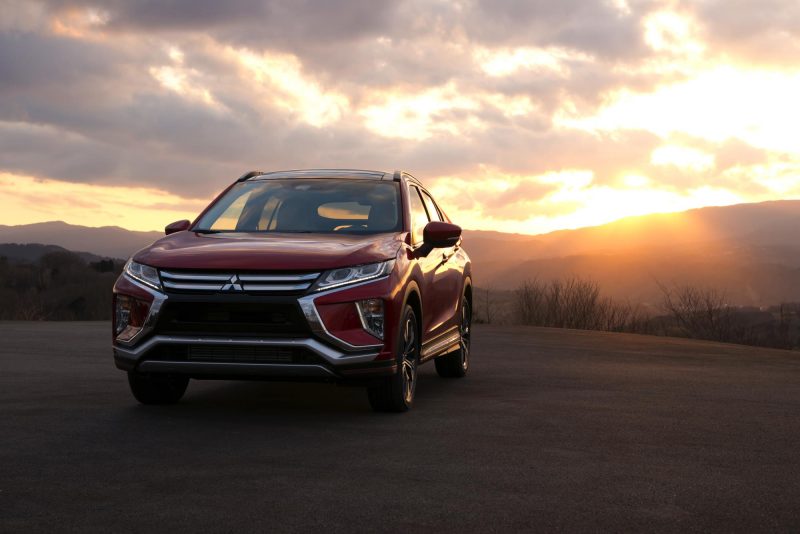
Mitsubishi has revived the legendary Eclipse name — but this time, rather than an entry-level sports car, it’s the firm’s latest crossover with the aim of rivalling the likes of Nissan’s Qashqai, Renault’s Kadjar and Seat’s Ateca. Could this be the car to revive Mitsubishi’s less-than-stellar market performance as of late?
Nissan Leaf
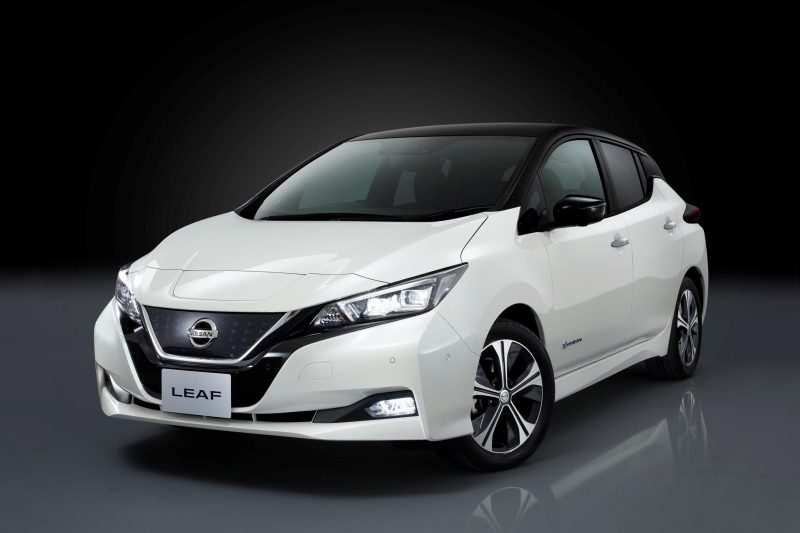
The second-generation version of the world’s best-selling electric vehicle is a pretty big deal, and it doesn’t disappoint. Nissan has massively improved its styling, reduced the price and increased the range, making EV life ever-more tempting. If you’ve been on the fence about electric cars, now could be the time to take the leap.
Nissan Micra
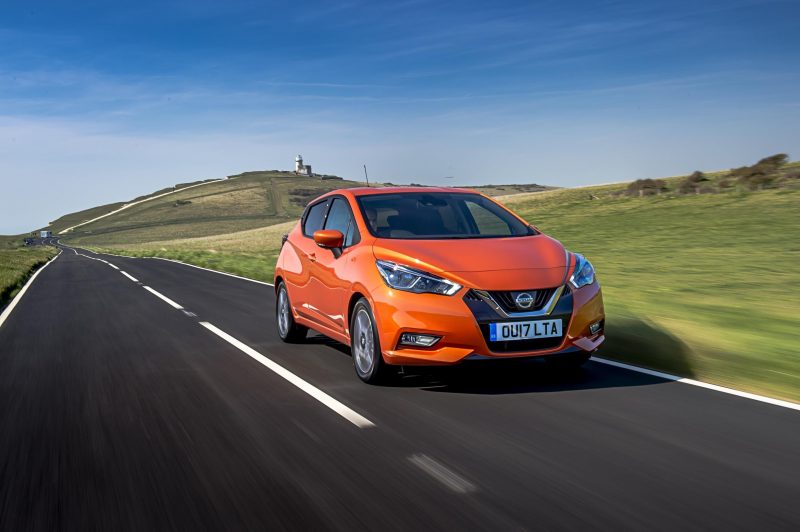
The Micra has gone through a serious rebirth. While the previous model was one of the last cars you’d recommend to a friend, the latest model is a serious competitor. It shares plenty with the Renault Clio, so it gains an agile chassis and efficient engines, while the striking bodywork is sharp-edged and stylish. It’s also practical, with a spacious and premium-feeling interior.
Peugeot 5008
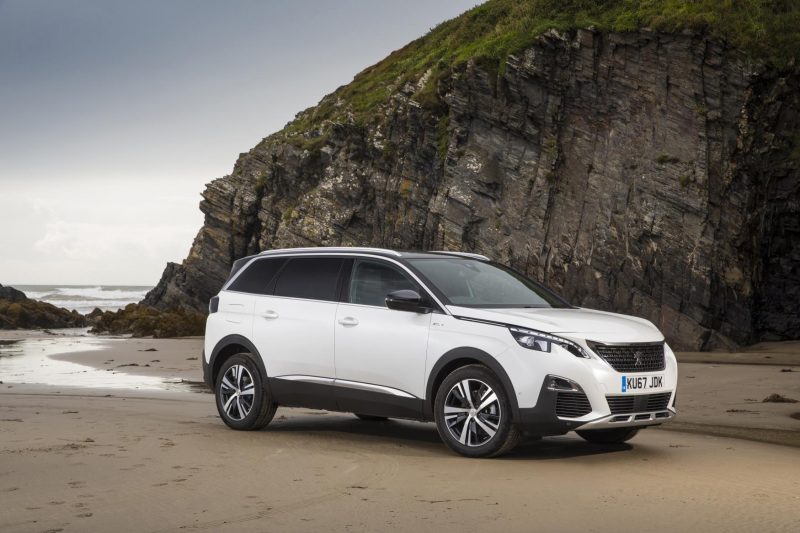
The old Peugeot 5008 was a traditional MPV, but its replacement model is an out-and-out SUV. Its striking looks mark it out from the competition, and it’s a really handsome offering – while still unmistakably a Peugeot. Inside, it has seven seats and an innovative cockpit including Peugeot’s high-set dials and centre console.
Porsche Panamera Sport Turismo
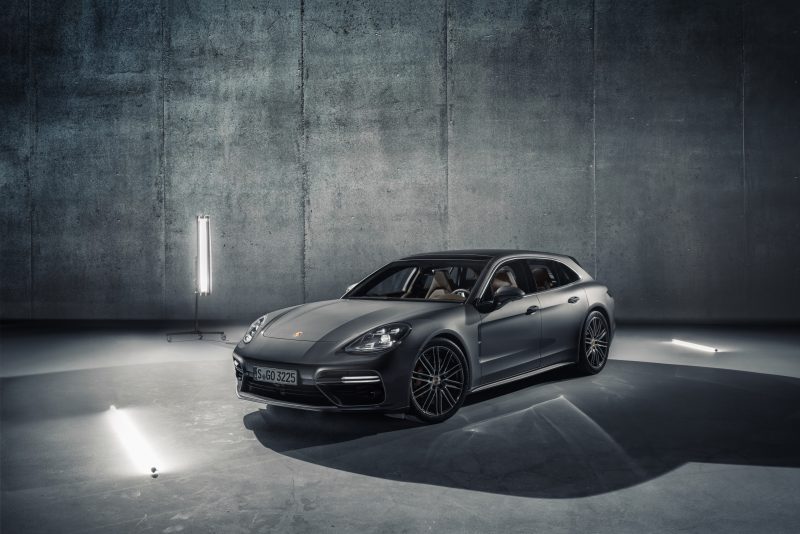
Those on the hunt for an incredibly powerful but surprisingly practical grand tourer have a new option. The sleek Porsche Panamera Sport Turismo is the brand’s first ever estate – though it’s far from traditional – and can be had with everything from a mildly sensible diesel to a fire-breathing 671bhp hybrid powertrain. It’s priced to reflect the incredible engineering underneath, but for some it will be worth it.
Seat Arona
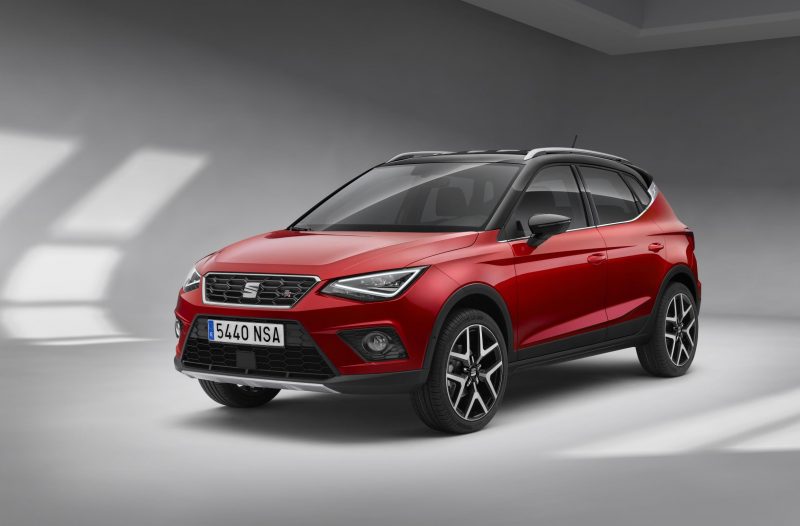
The Seat Arona is the Spanish manufacturer’s take on the compact SUV formula. It has the usual VW underpinnings, meaning guaranteed quality, but brings a bit of Spanish flair to the table. There’s currently two engine choices on offer in different states of tune, as well as generous equipment levels.
Skoda Karoq
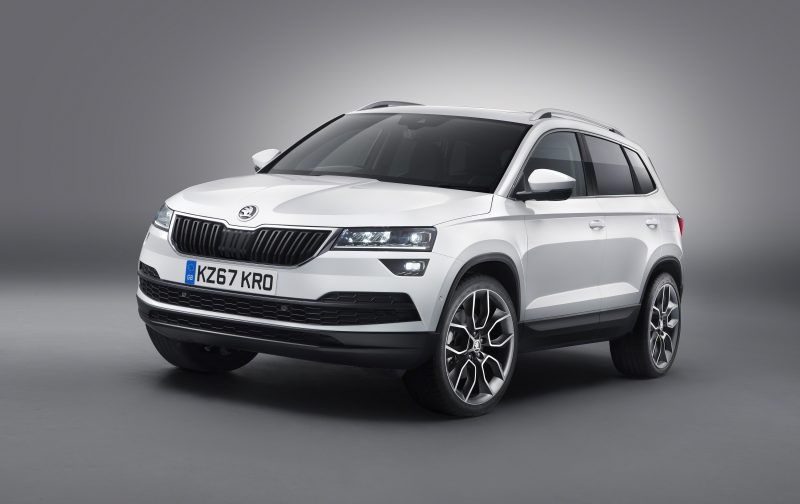
The Karoq uses the same platform as the popular Volkswagen Tiguan and Seat Ateca meaning that despite its compact size, it’s able to offer plenty of interior space. In addition, its accompanying range of engines are impressively efficient – so those looking for lower running costs would do well to choose the Karoq.
Skoda Kodiaq
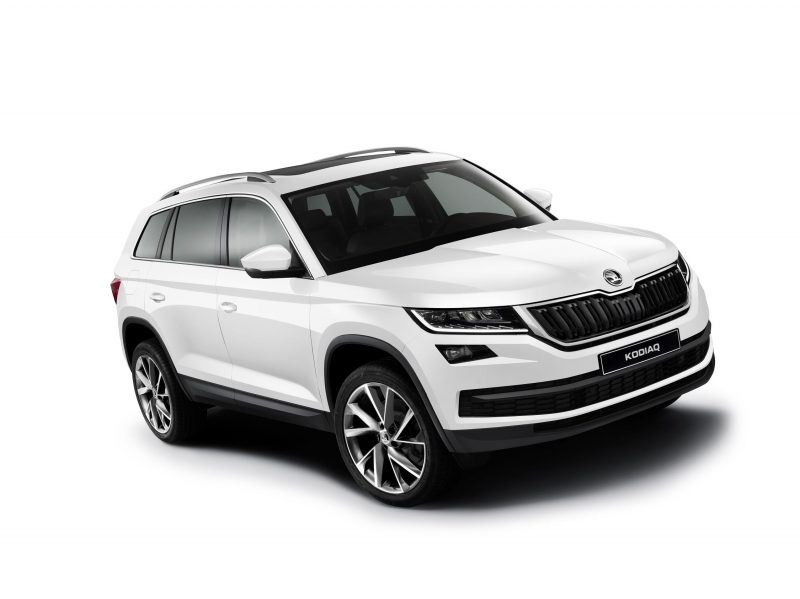
If you’re after a seven-seat SUV, you have lots of options – but the Skoda Kodiaq is one of the best. It’s probably one of the best family cars on the market today, with an incredibly practical interior and surprisingly dynamic drive. The mighty VW Group parts bin also lends it an excellent engine line-up and lots of interior kit.
Vauxhall Insignia Sports Tourer
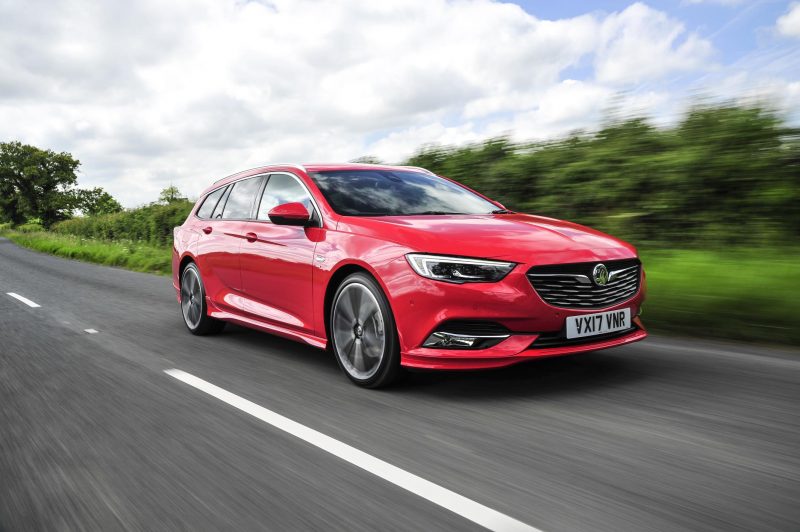
The new Insignia Grand Tourer majors on a few things – sleek looks, big space, and impressive value. Opt for an entry-level petrol-powered car and this massive family estate will set you back less than any of the competition – and amazingly, you wouldn’t think it from the driver’s seat. Though it’s destined to flesh out company car fleets, the Insignia Sports Tourer is well worth a look.
Vauxhall Grandland X
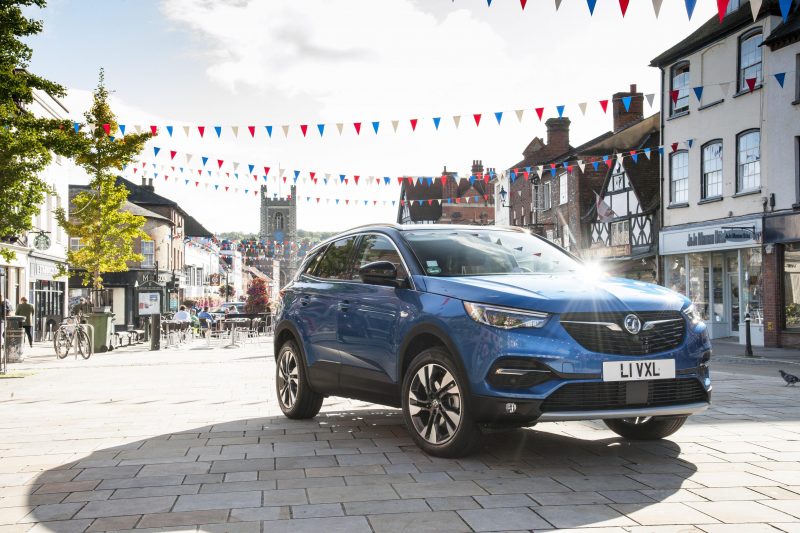
Vauxhall’s last big SUV was the unloved Antara, but now the brand is having another crack at the market. With the help of now-parent brand PSA Peugeot Citroen, it’s launched the Grandland X, and it’s a vast improvement. It’s good-looking and has a range of engines borrowed from its Peugeot 3008 sister car. Add in plenty of kit for the money and you have a decent choice for a family car.
Volkswagen Polo
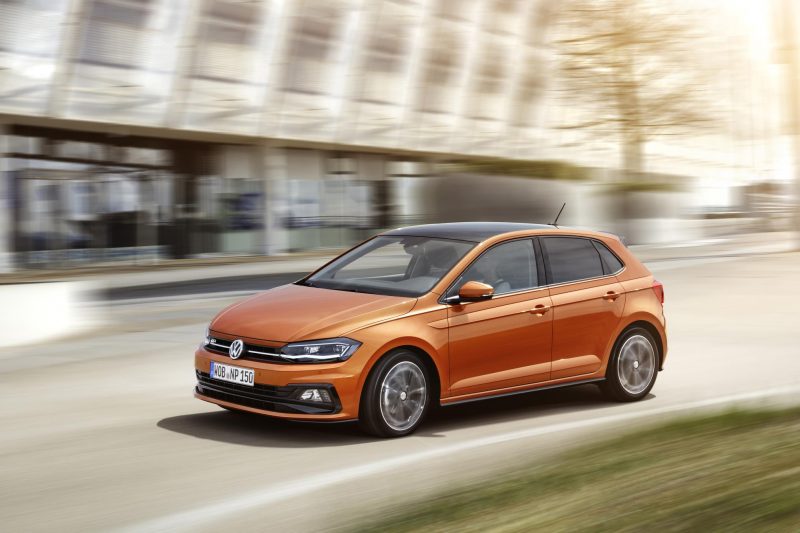
Now in its sixth generation, the Polo has been transformed for its latest incarnation to an angular and more attractive city car. The Polo is edging towards the premium end of the segment and provides good comfort and style options. Available in seven trims and with driver assistance equipment from the base spec, the Polo could be a popular city car choice when the plate change arrives.
Volkswagen T-Roc
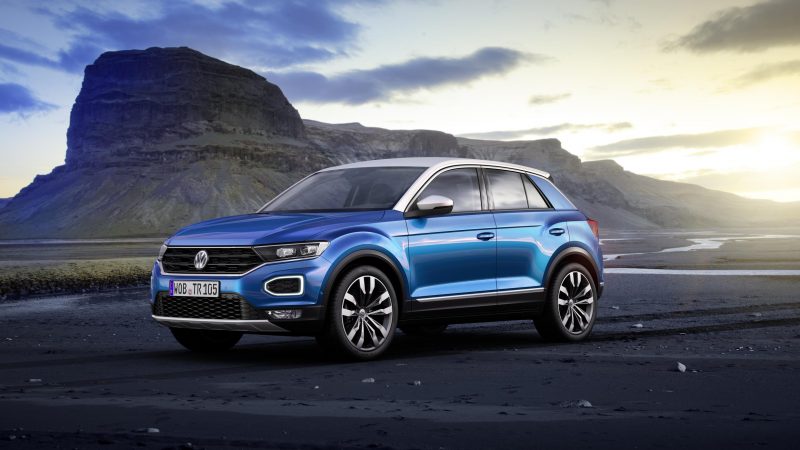
The T-Roc is Volkswagen’s latest offering in the compact SUV segment. Solid and well-built, with a range of decent engines, it’s a good option for those who want a raised right height but without the bulkiness of a much larger SUV. With prices starting at £18,950 it’s competitive too, with plenty of standard equipment to keep button-pressers happy. A range of high-tech assistance features ensure that the T-Roc is one of the safest cars on the road today.
Volvo XC40
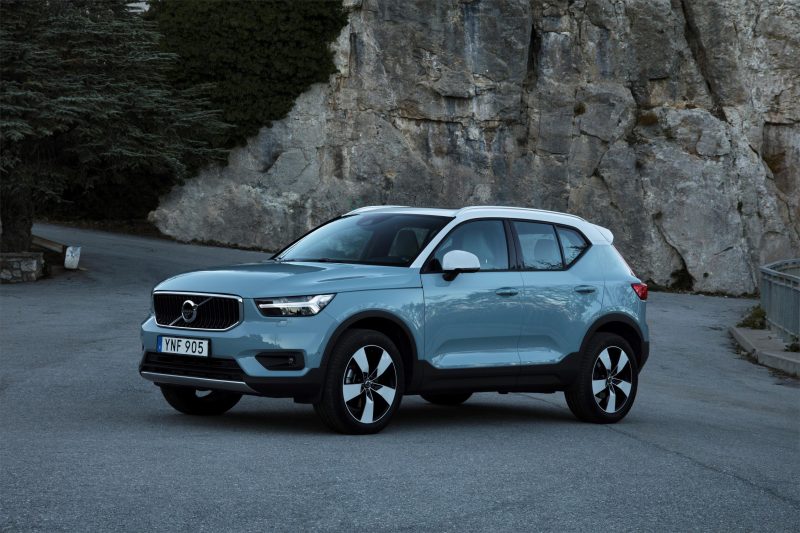
Volvo’s smallest SUV brings all the features of the larger XC60 and XC90 to a more stylish, city-friendly package. The resulting XC40 is a handsome-looking off-roader with a really lovely interior. It’s packed full of innovation too – from the reworked dashboard to the super-practical boot. Electric and hybrid versions are on their way, soon.








